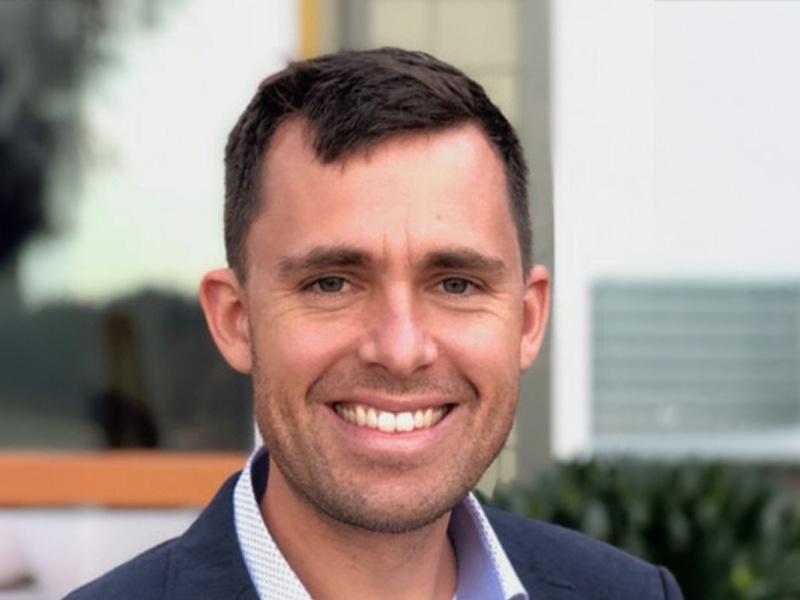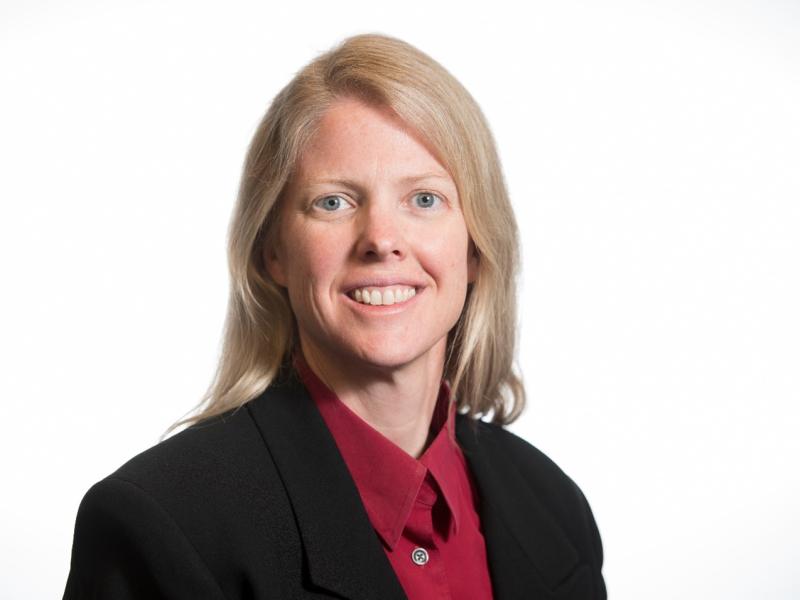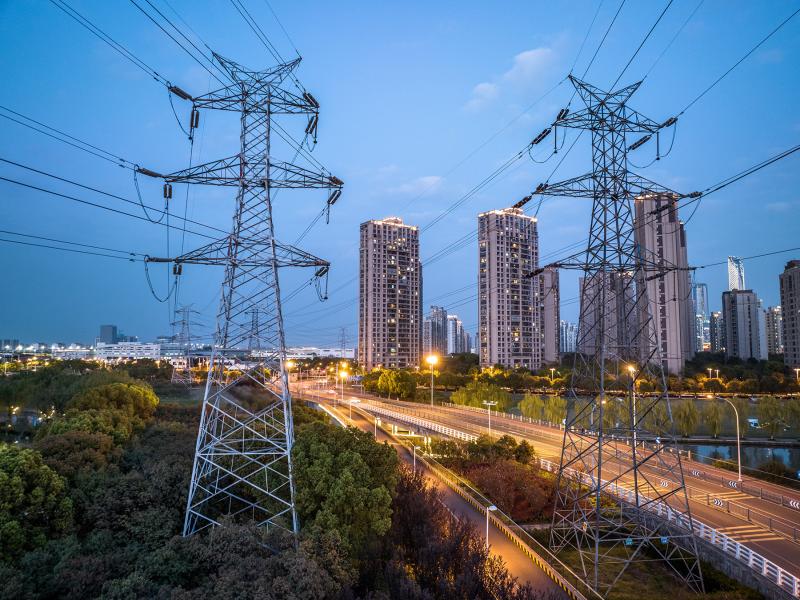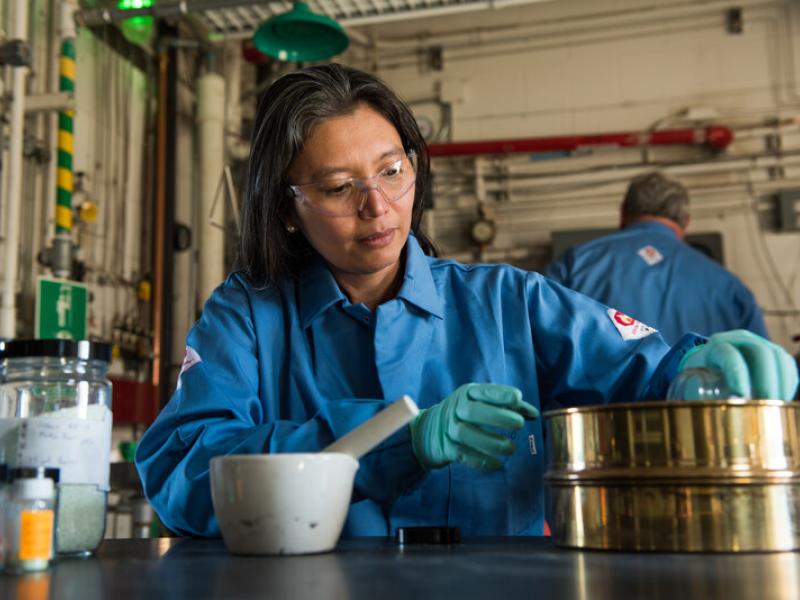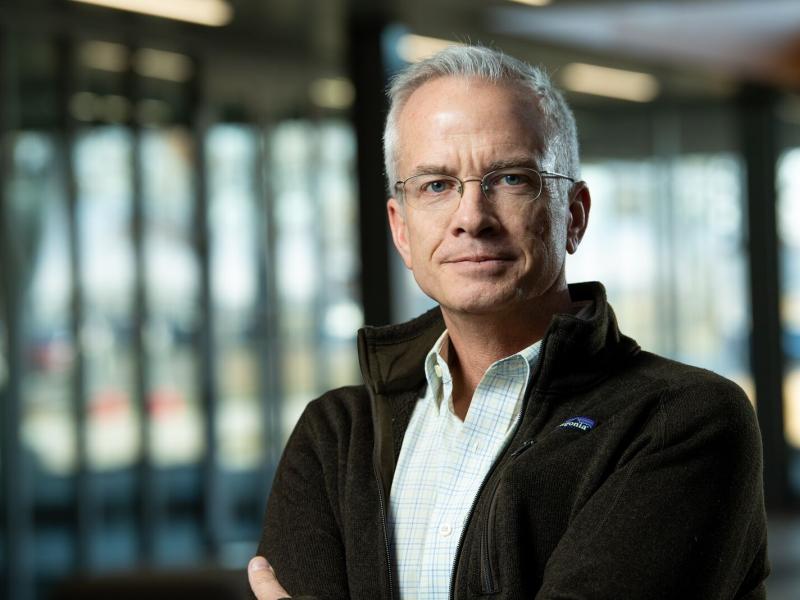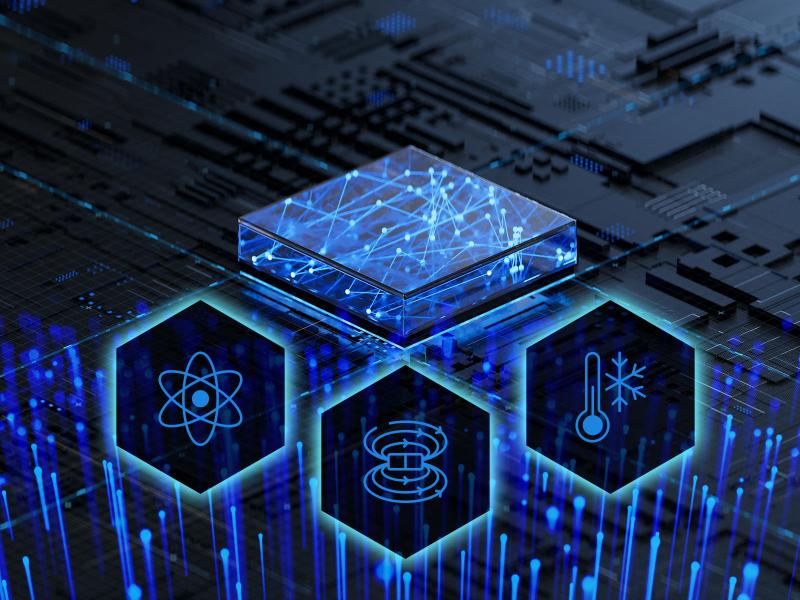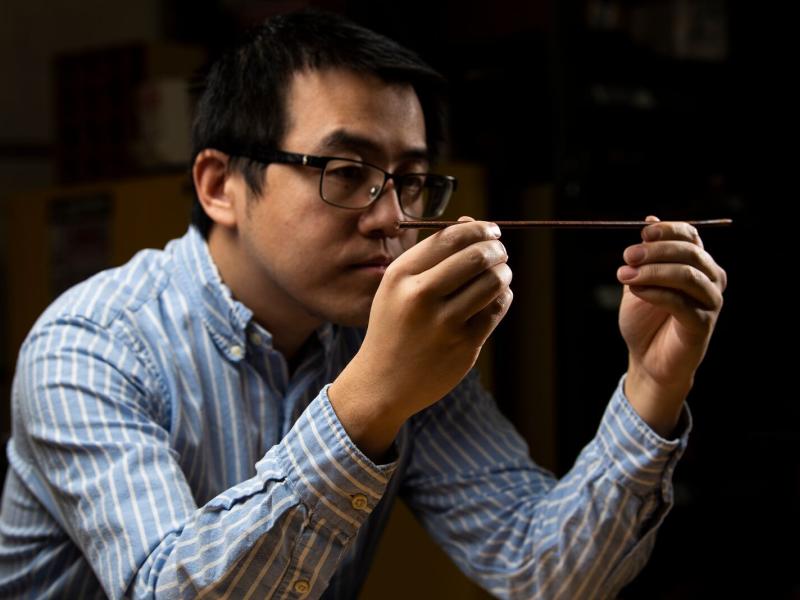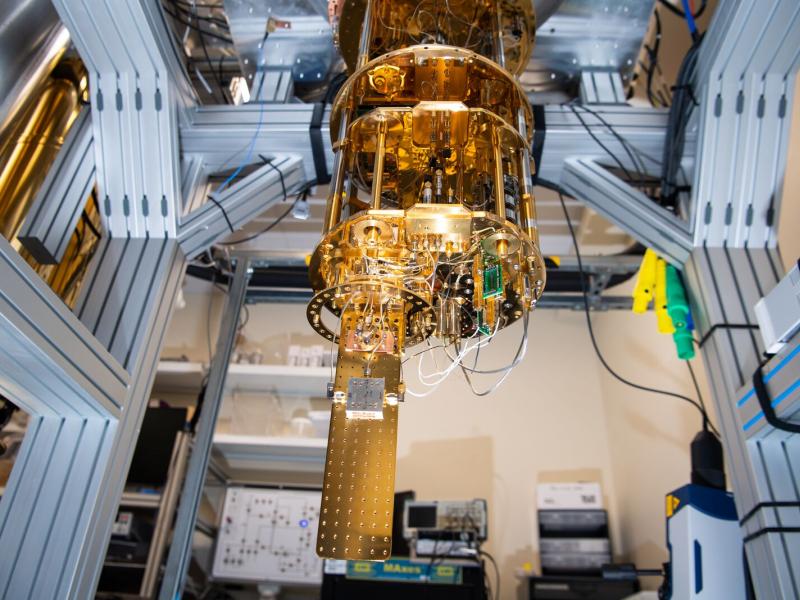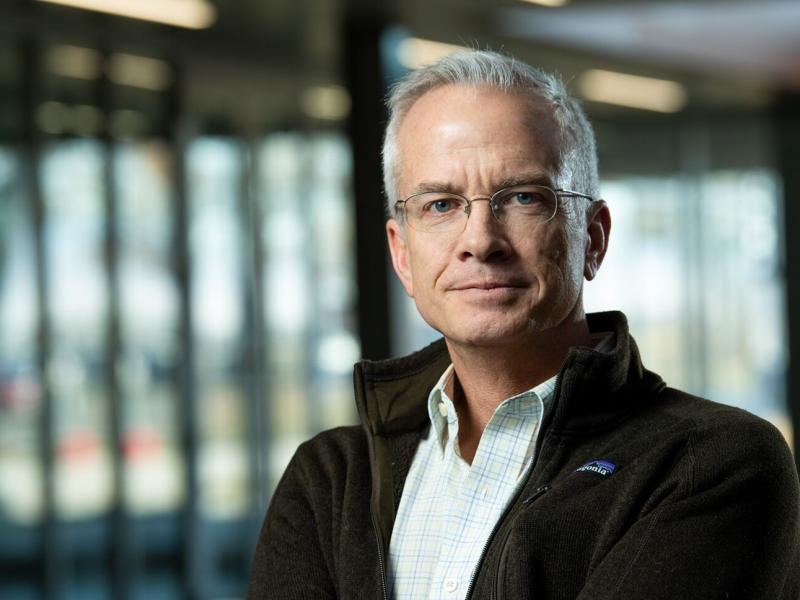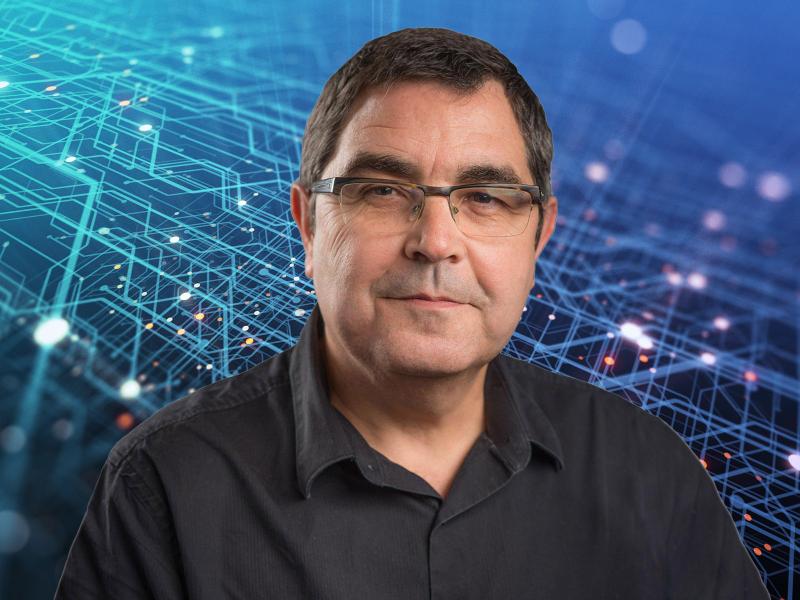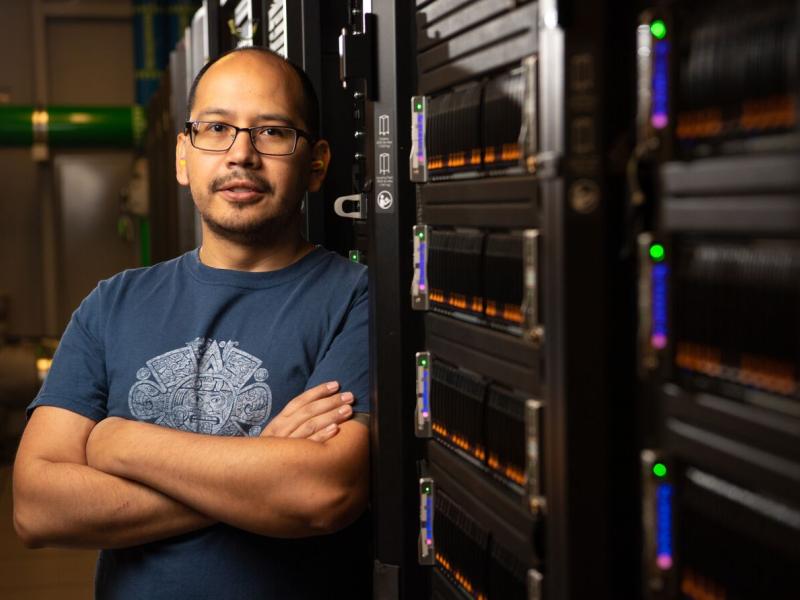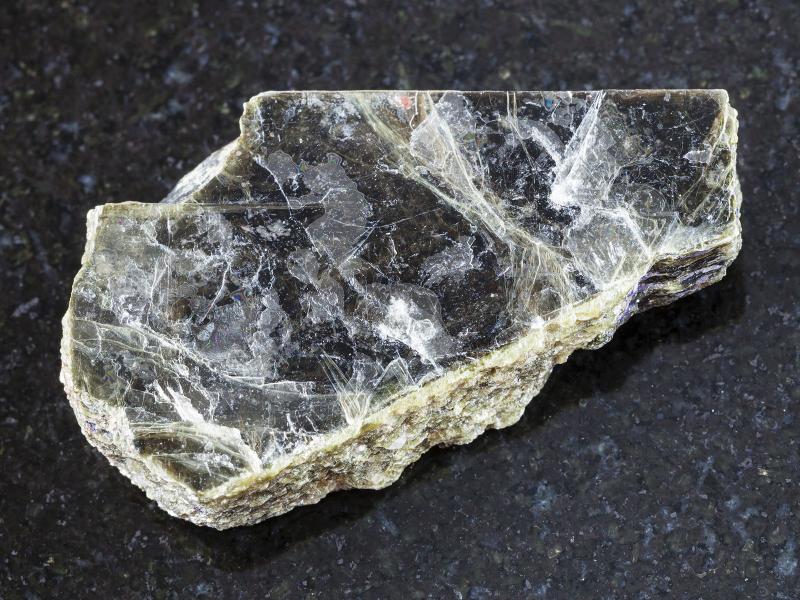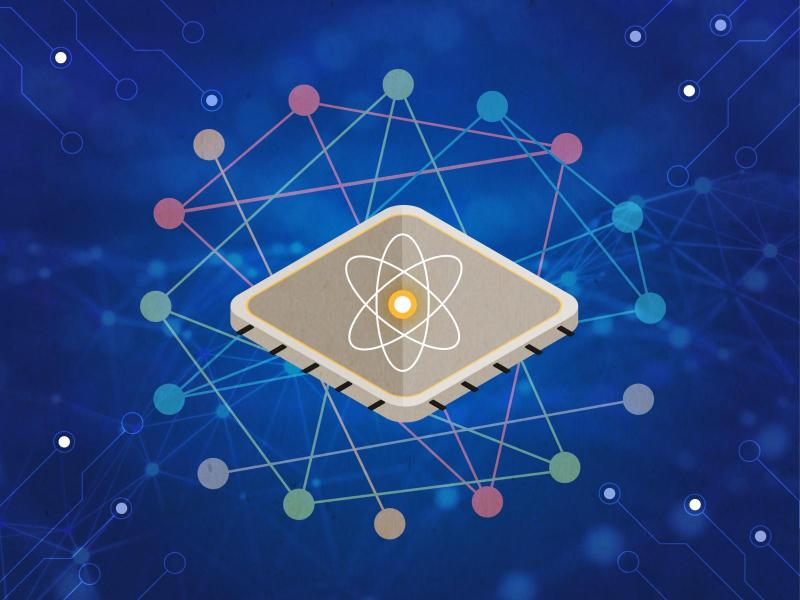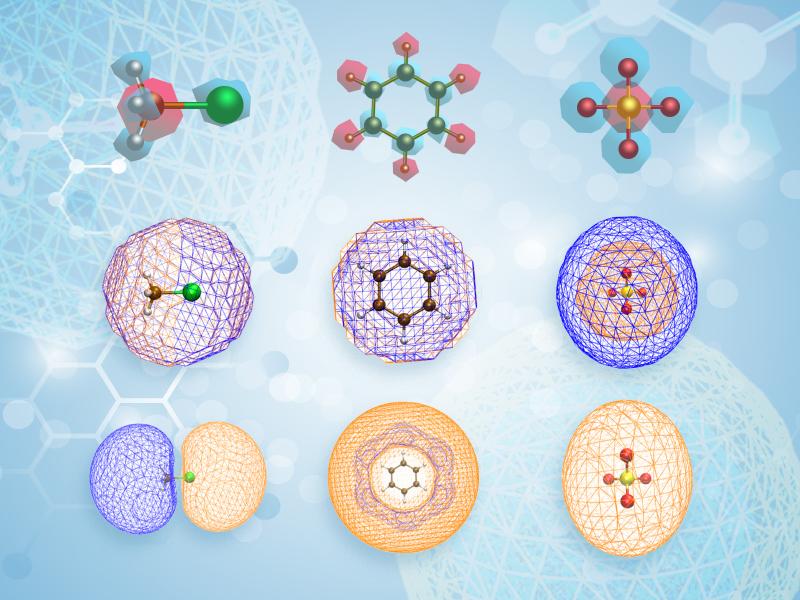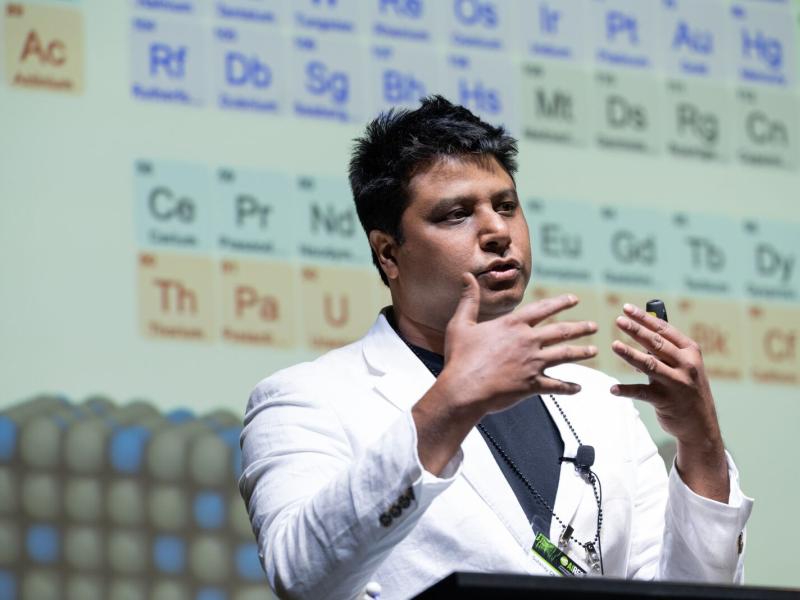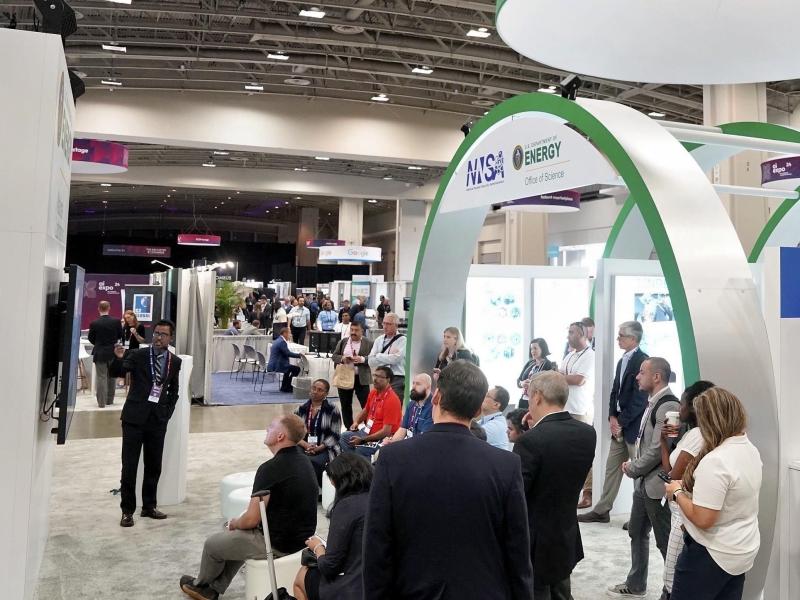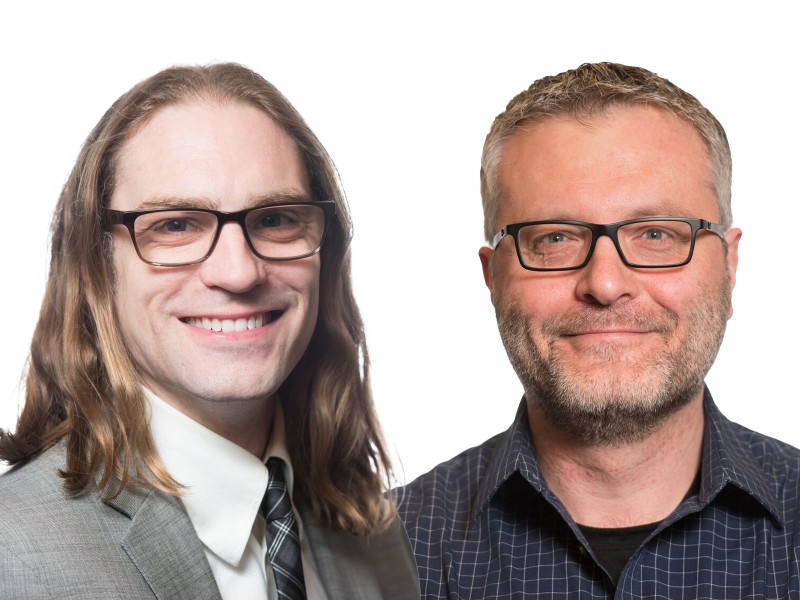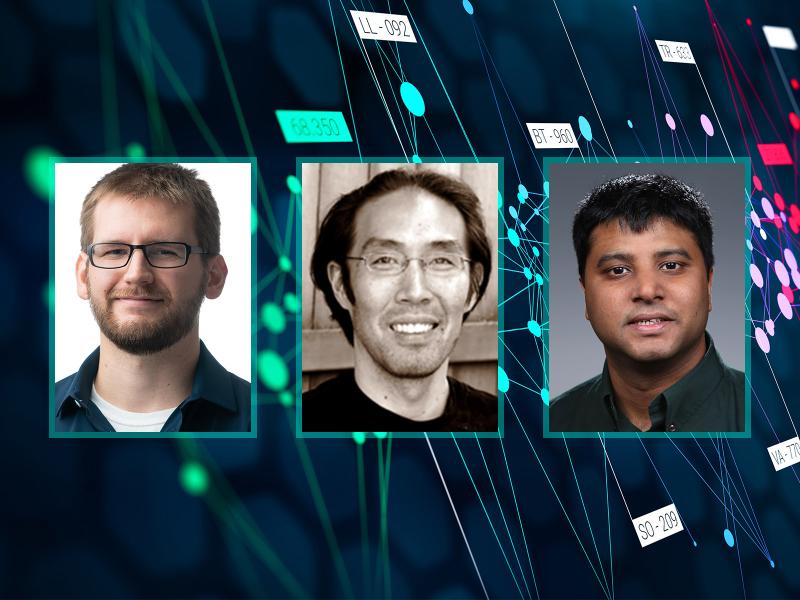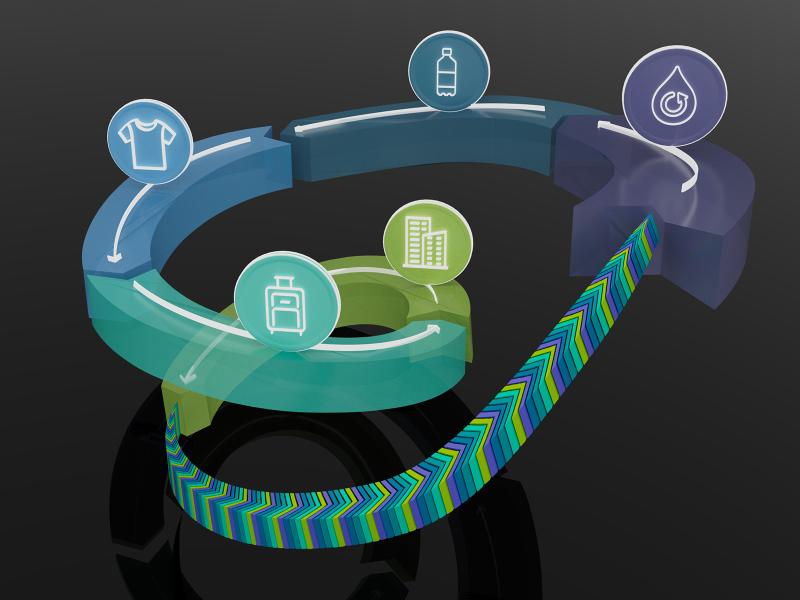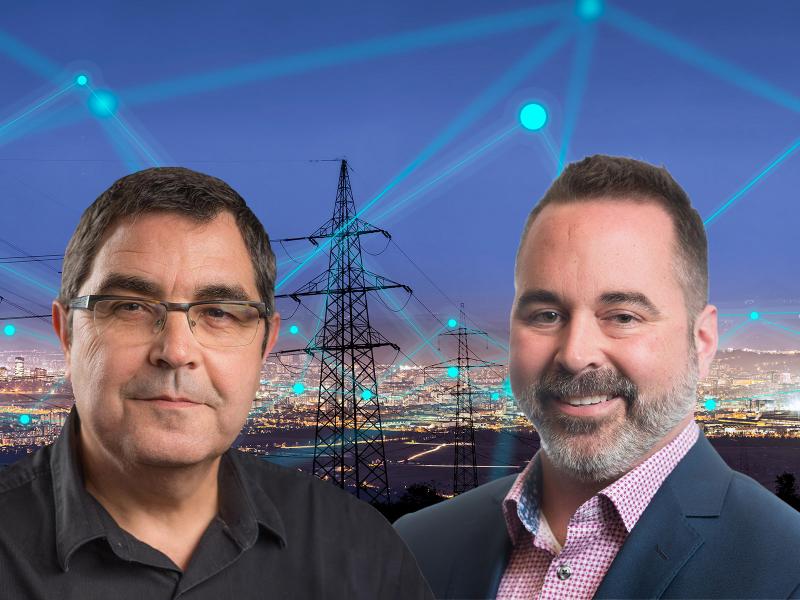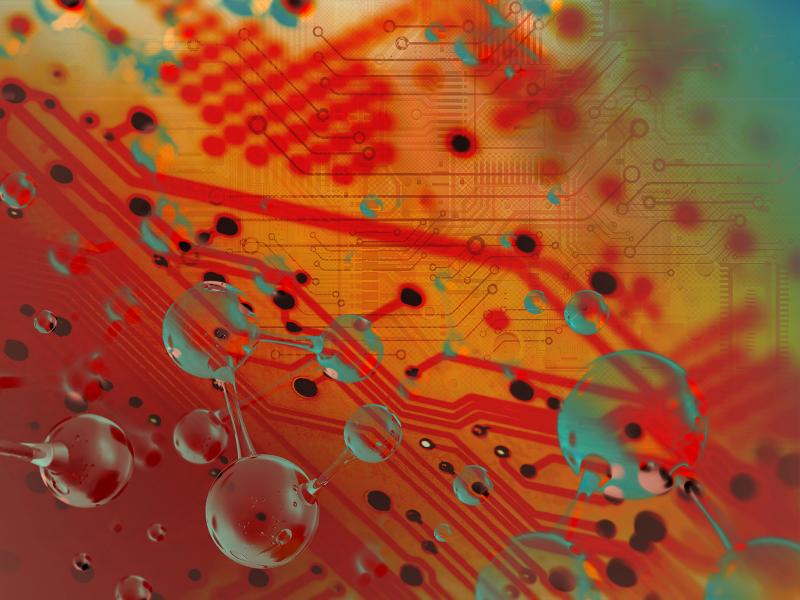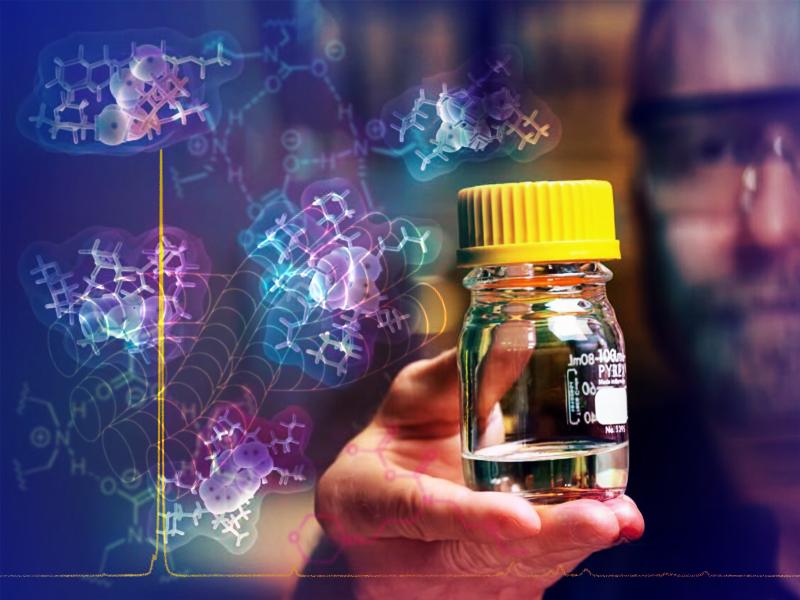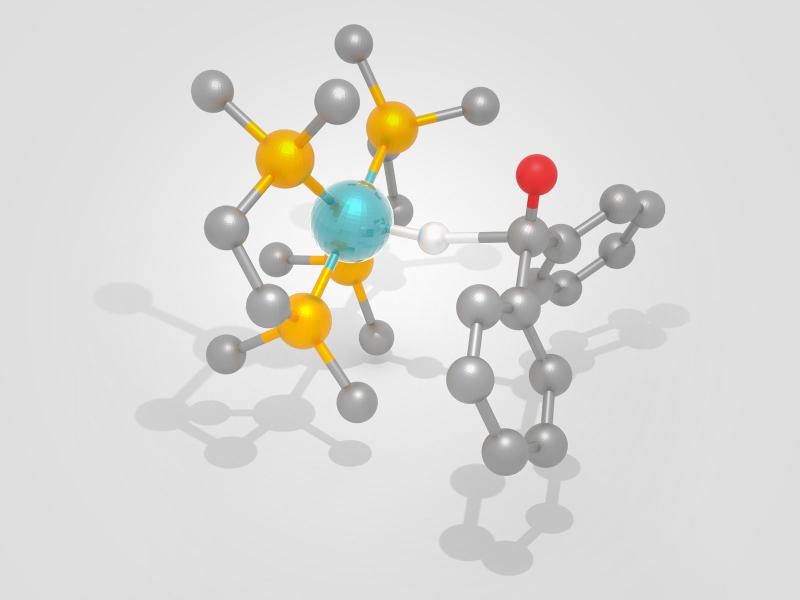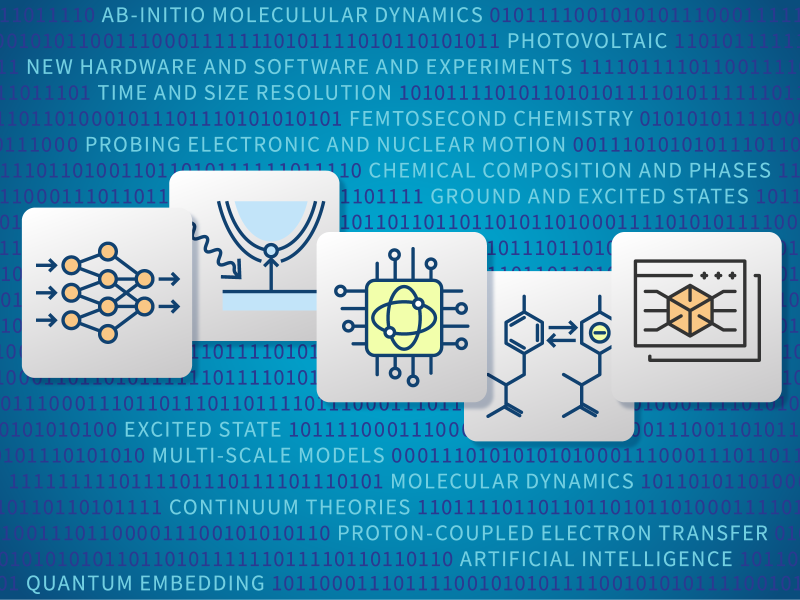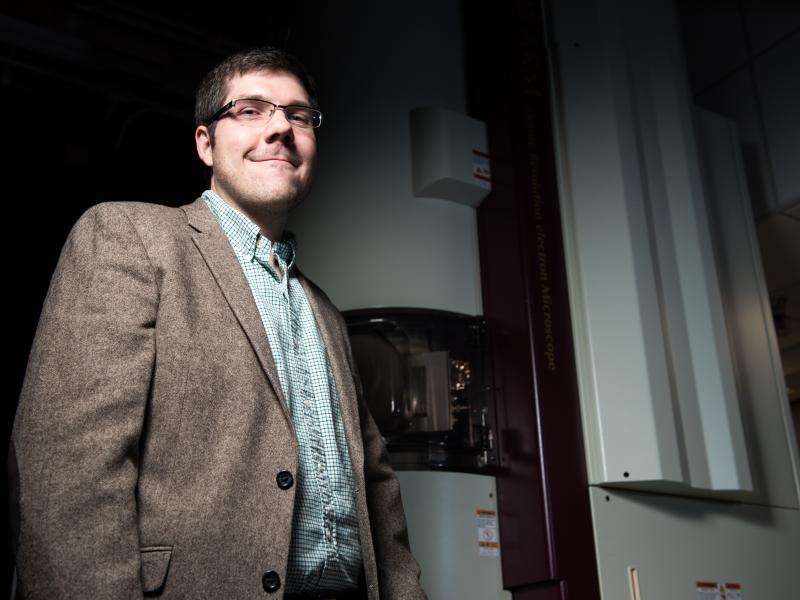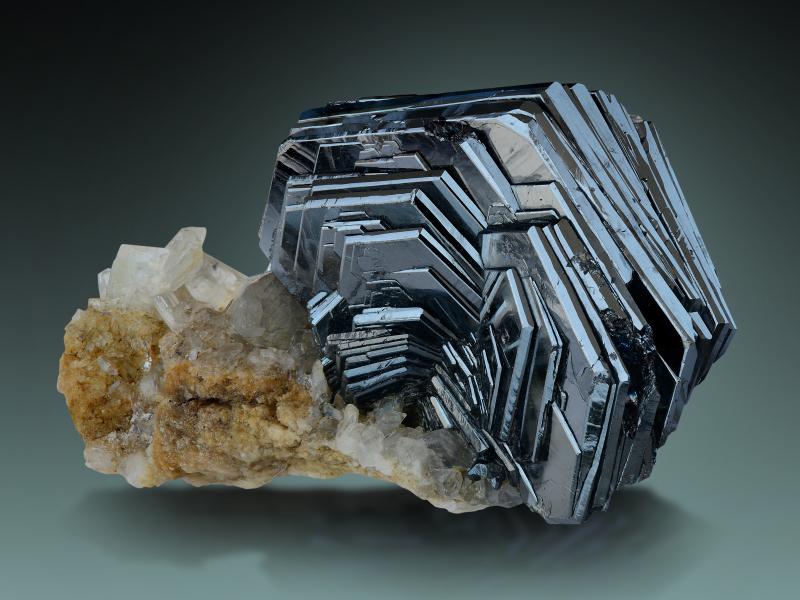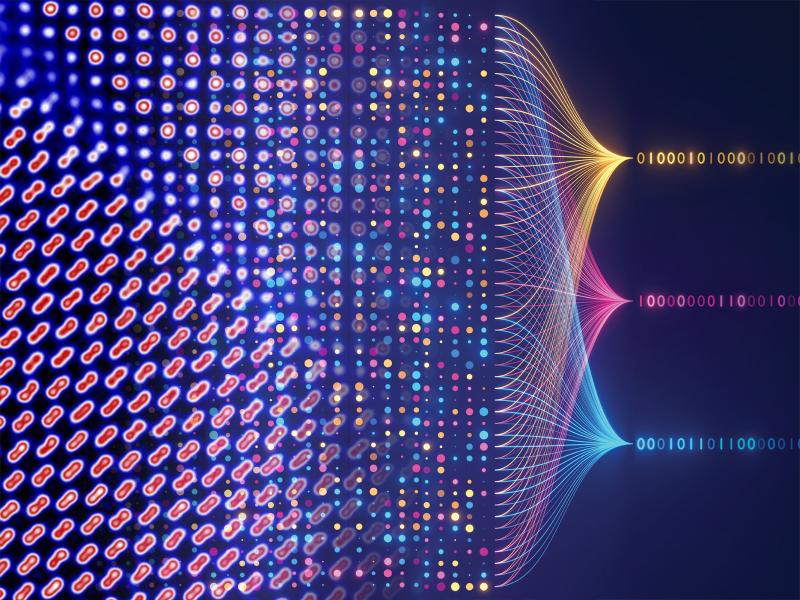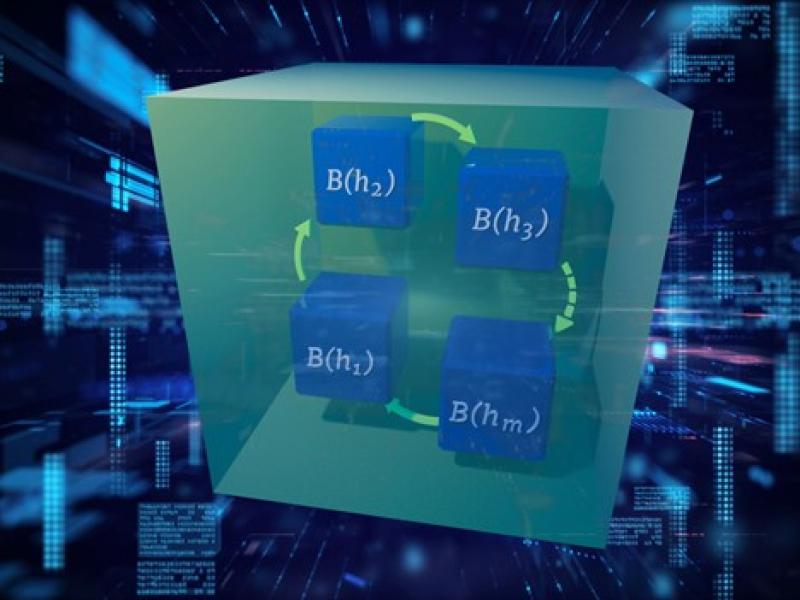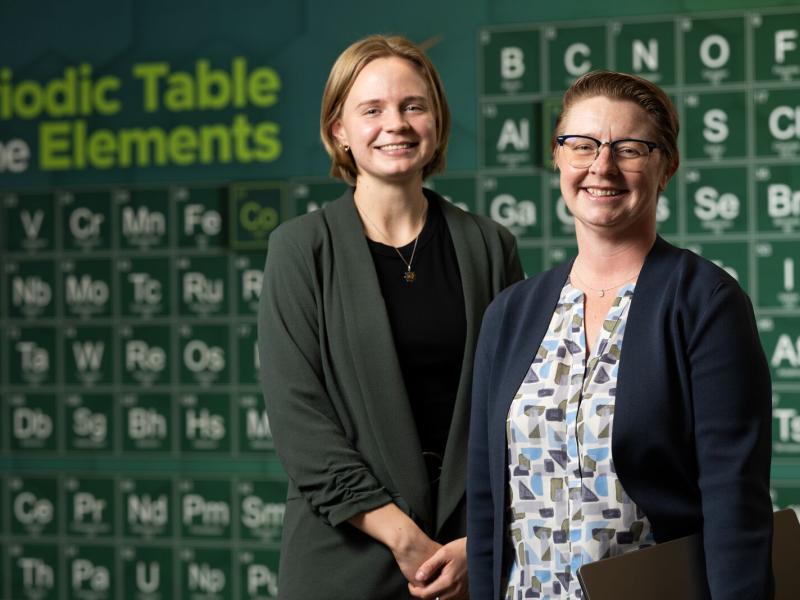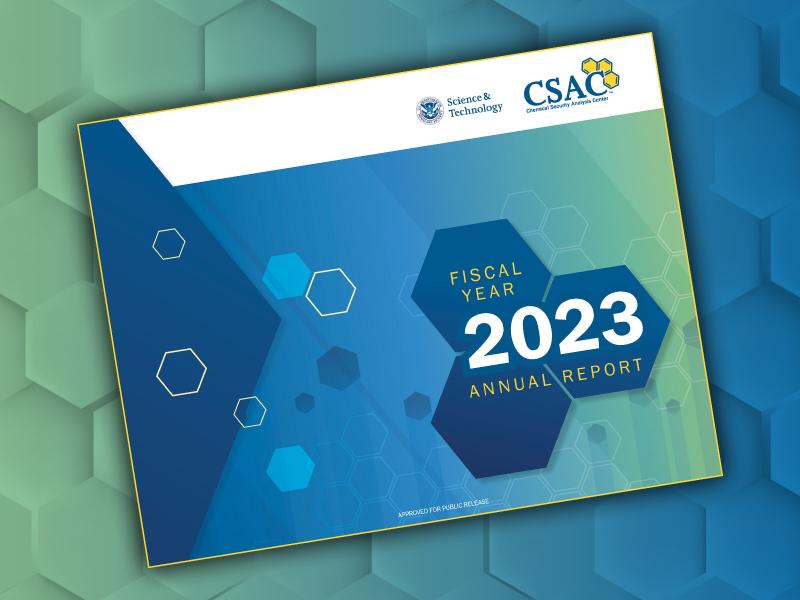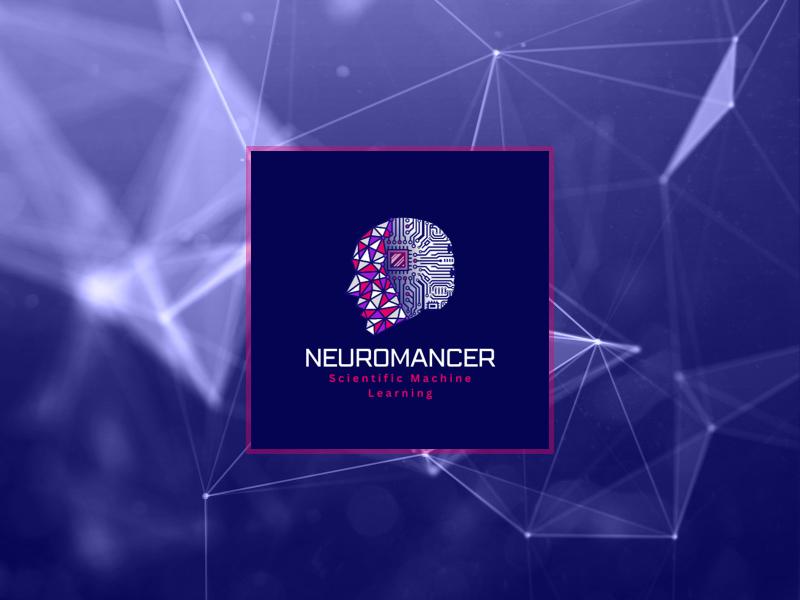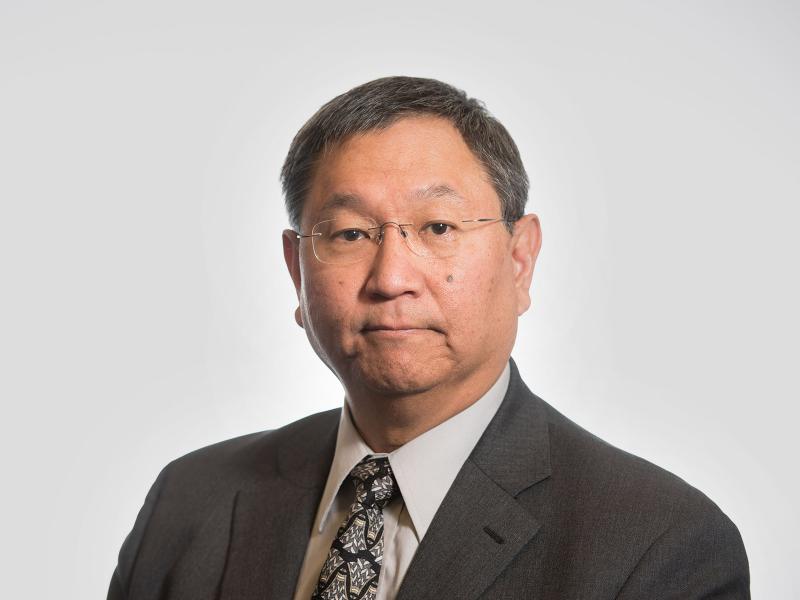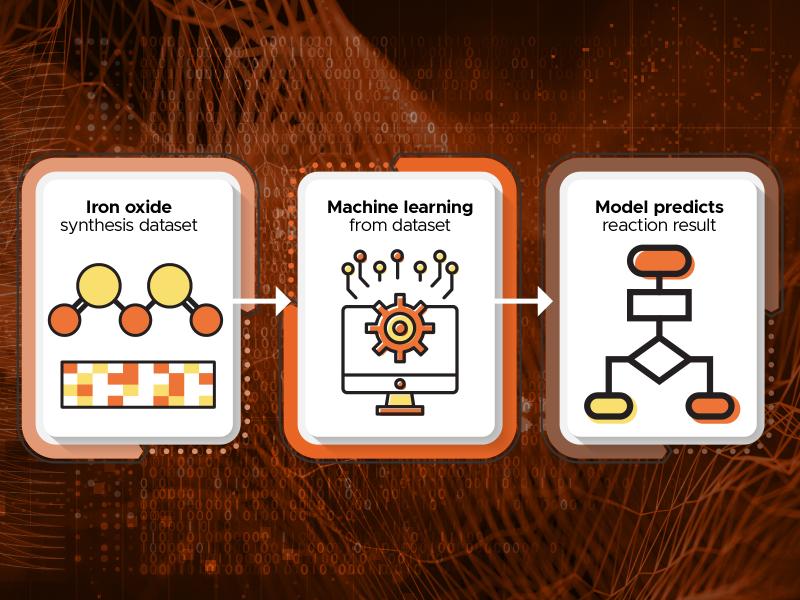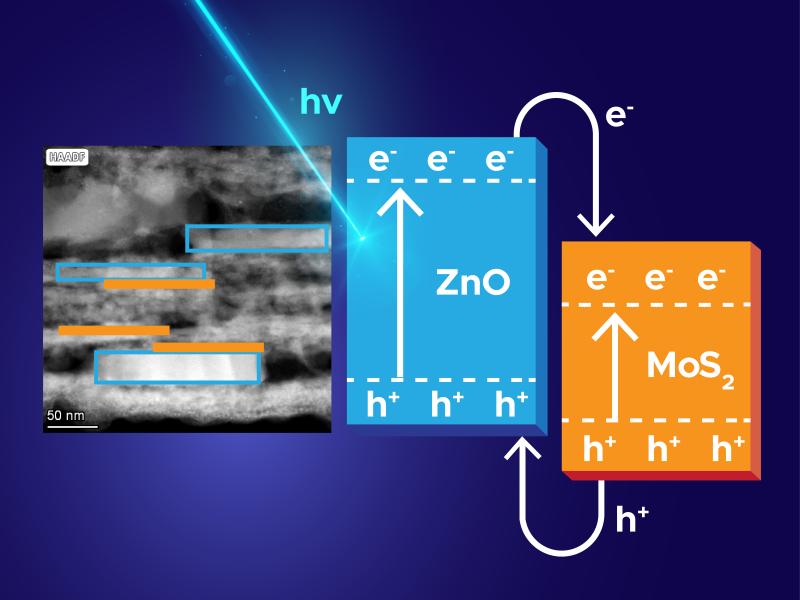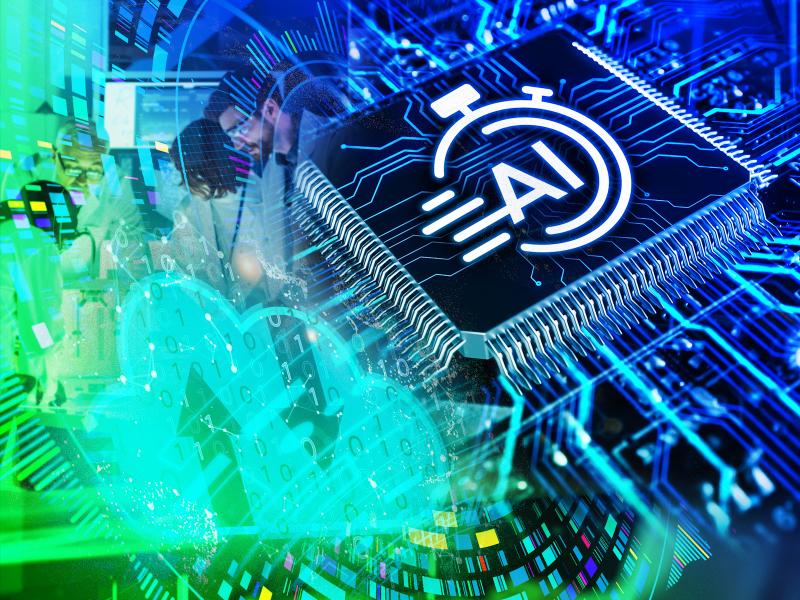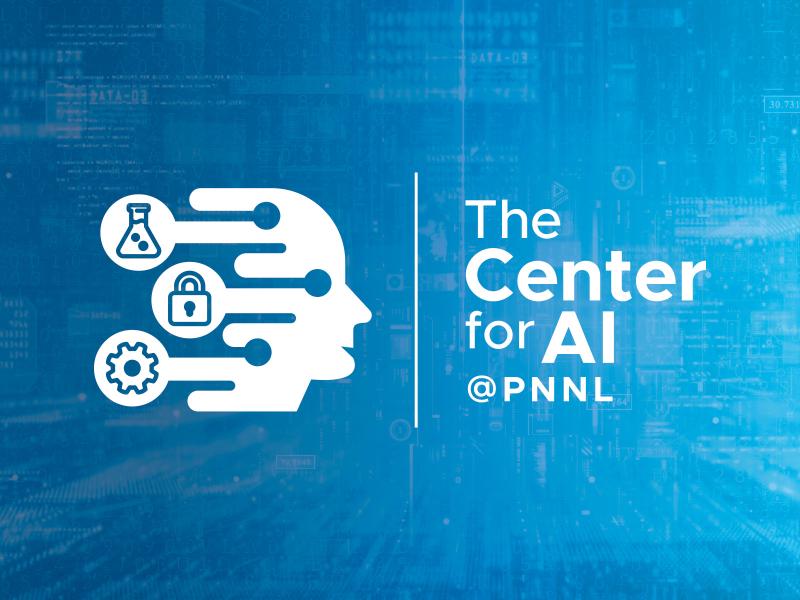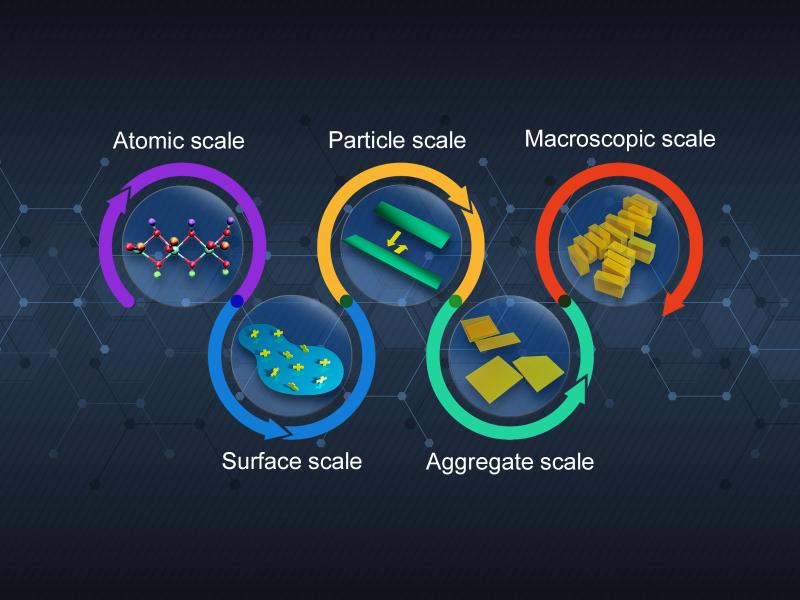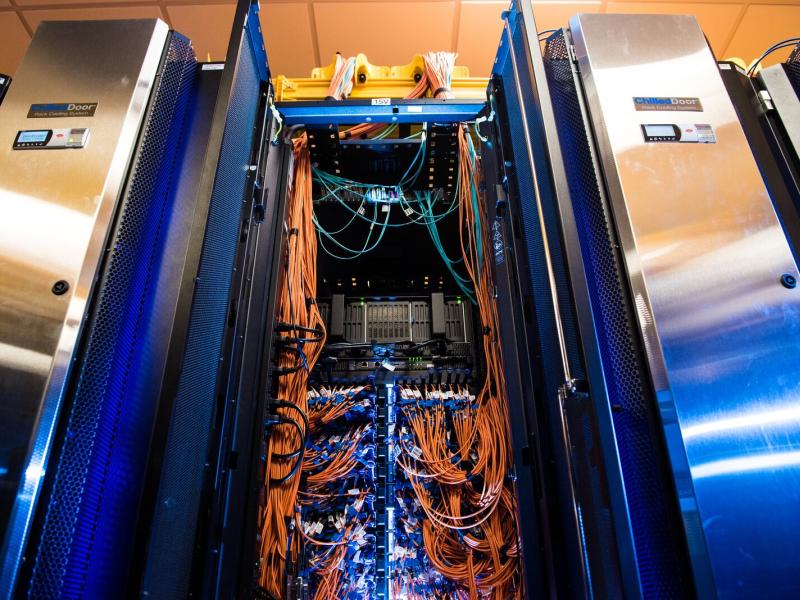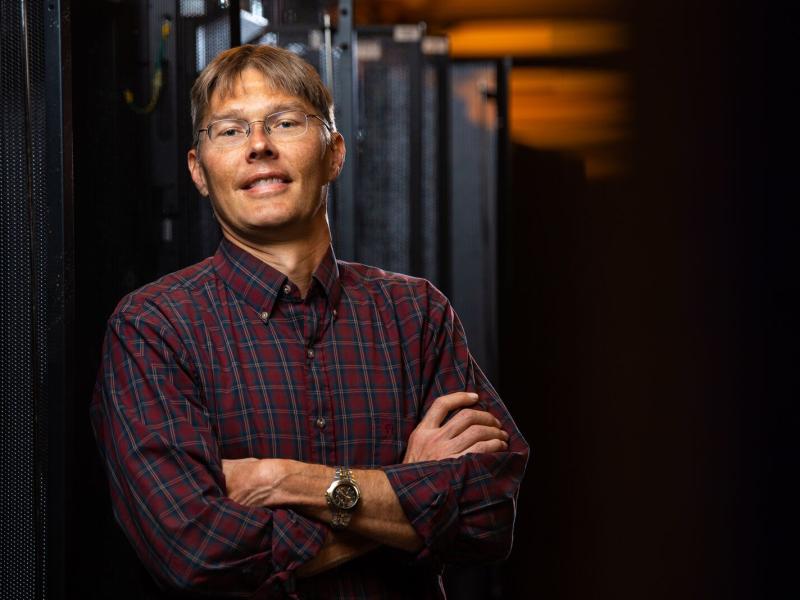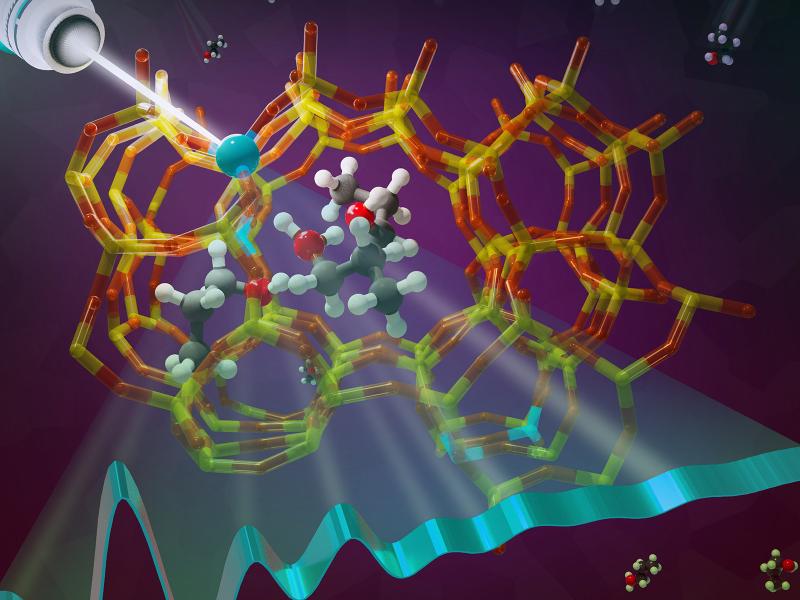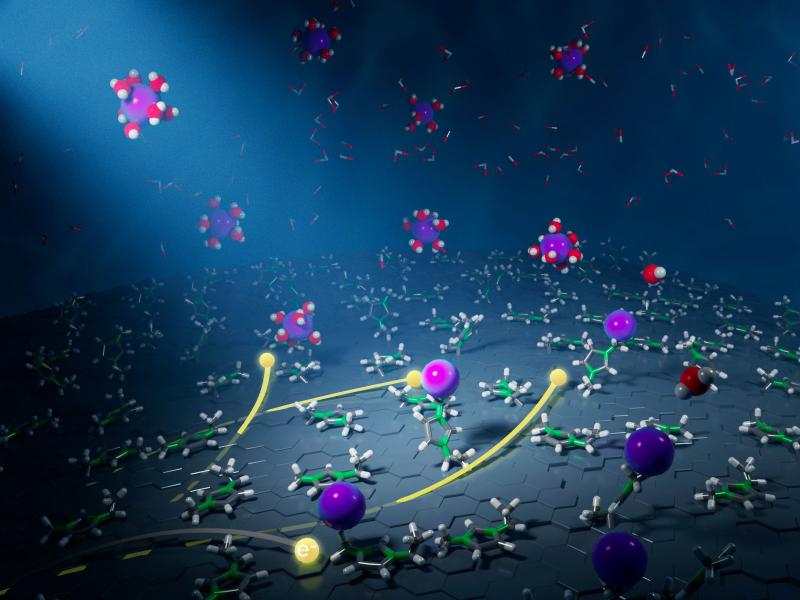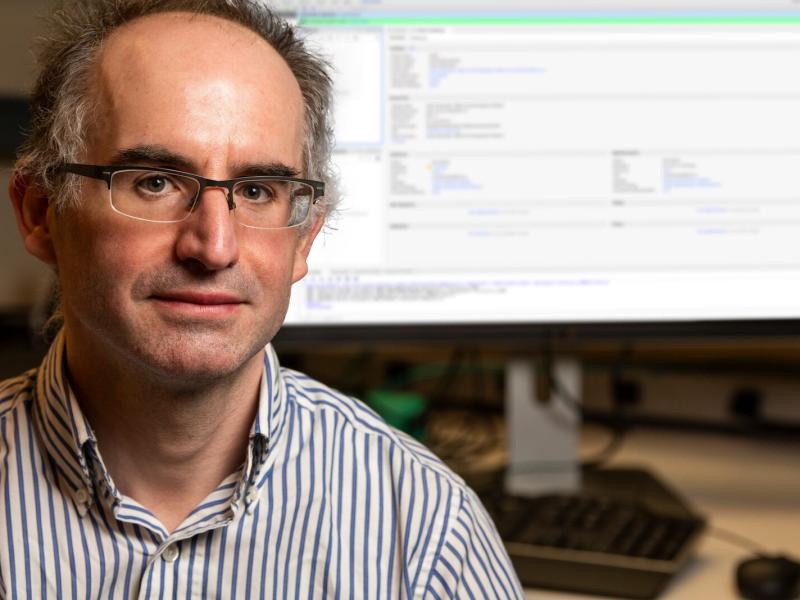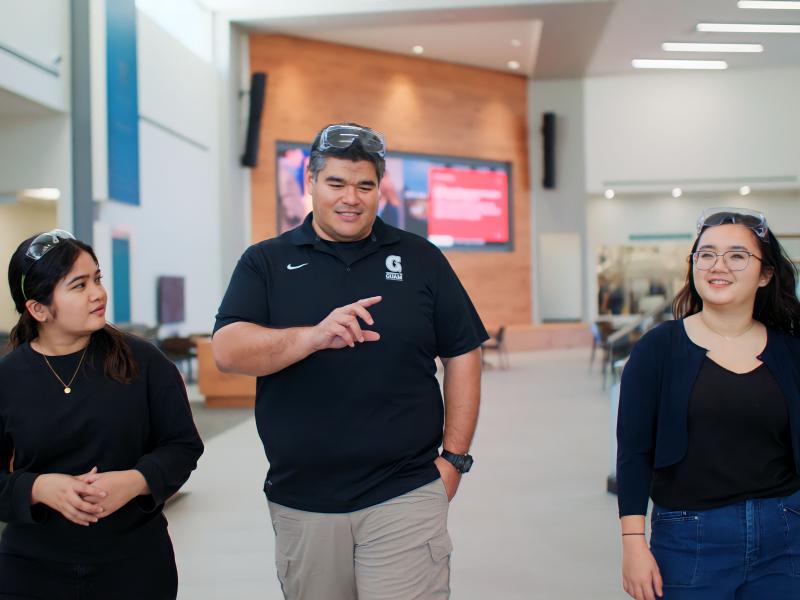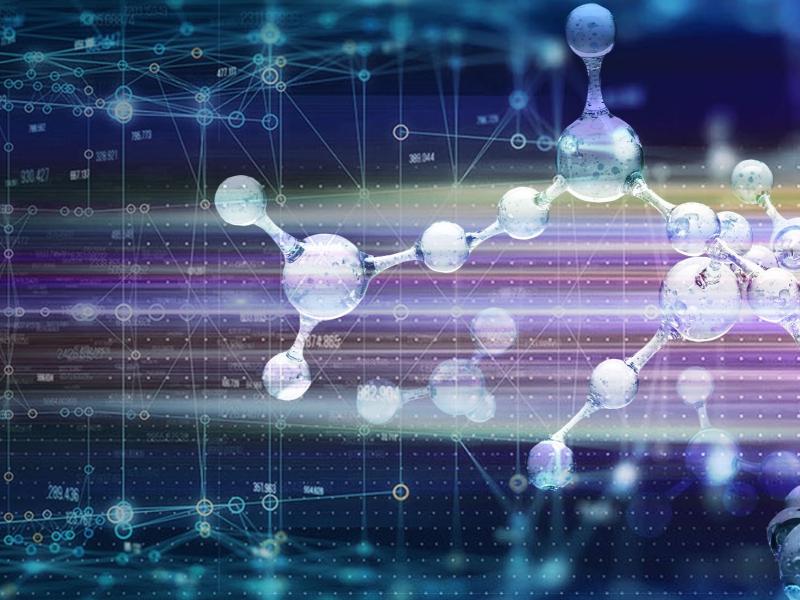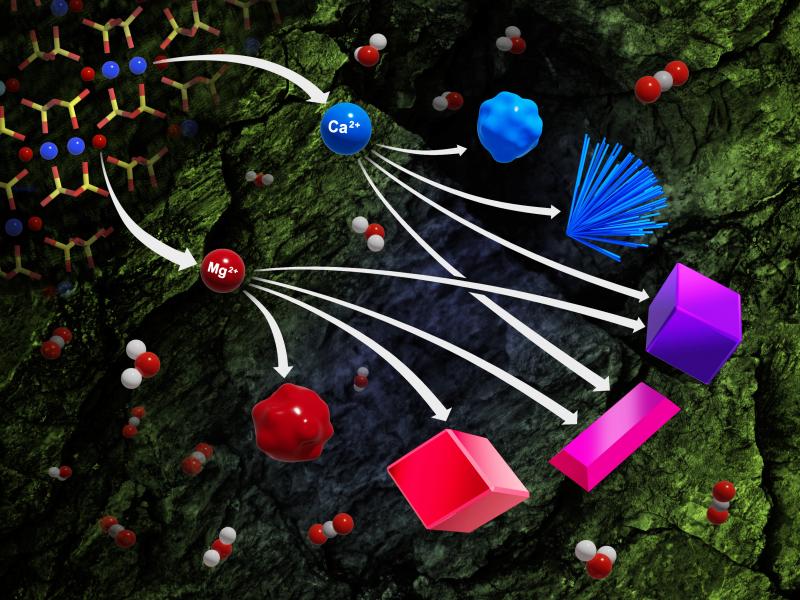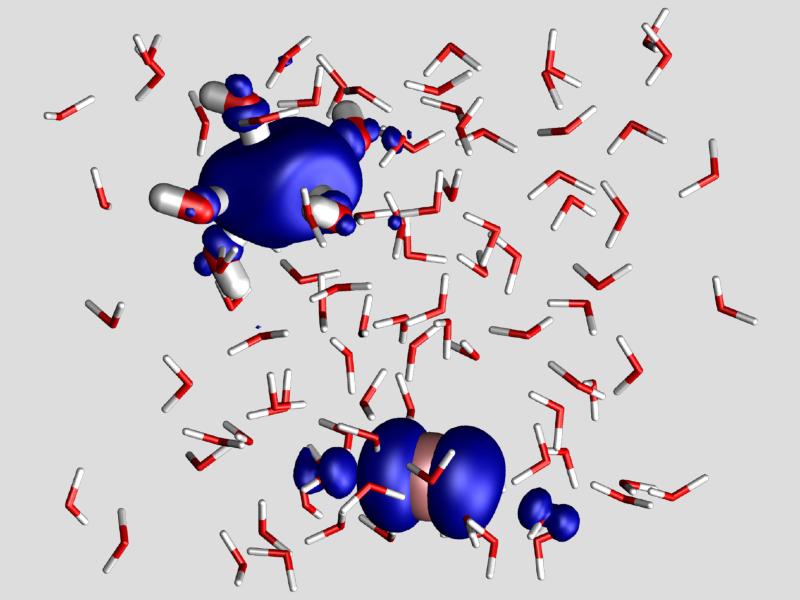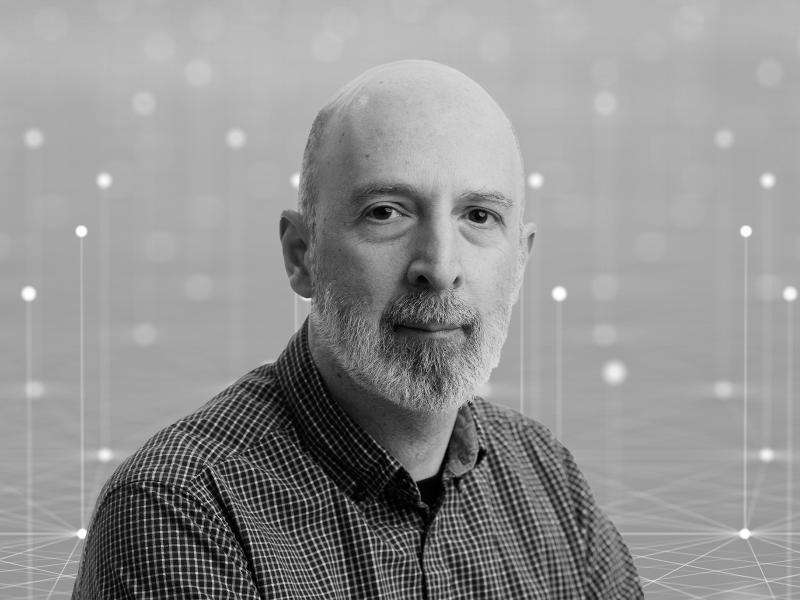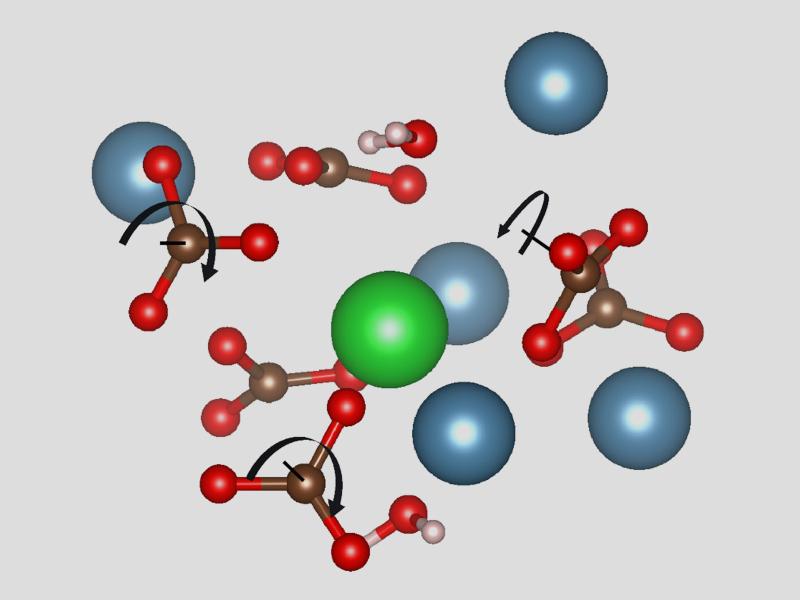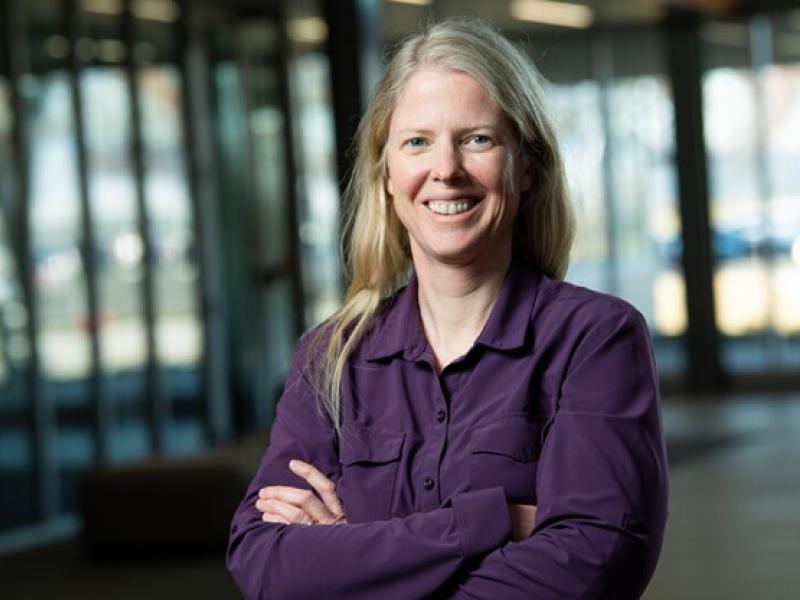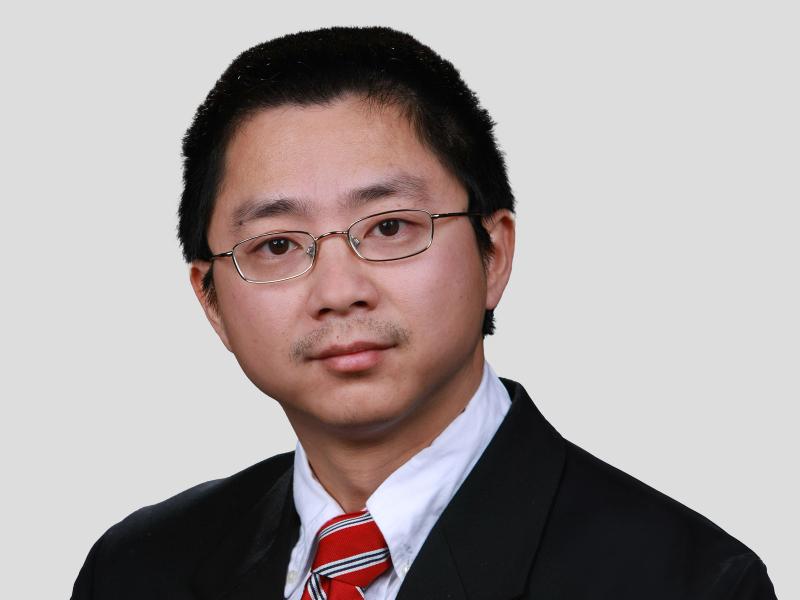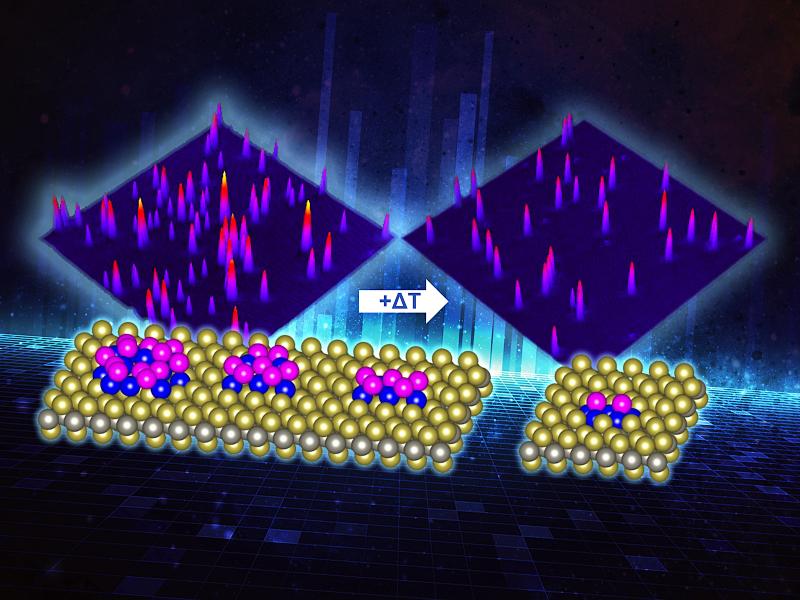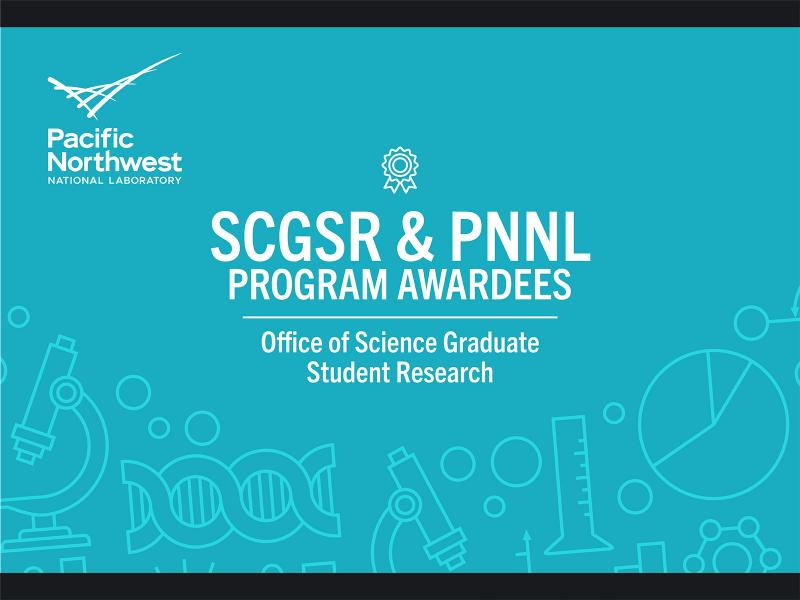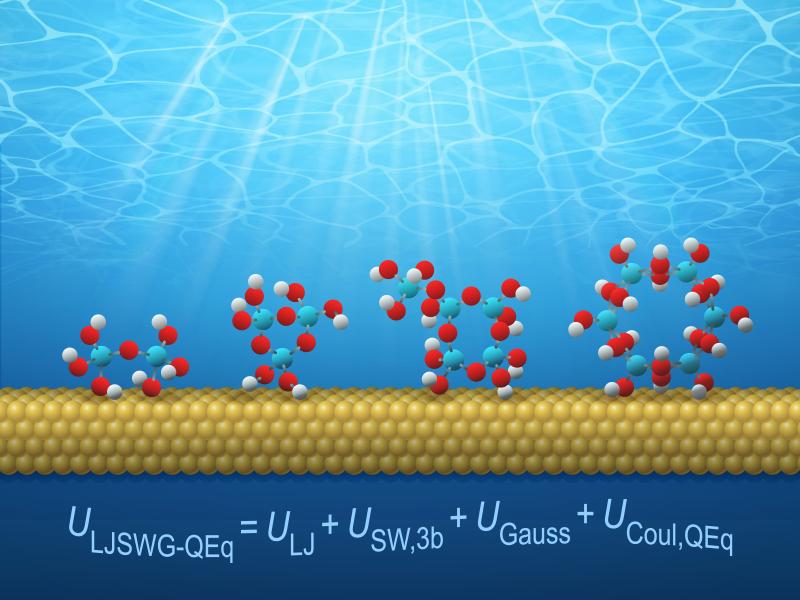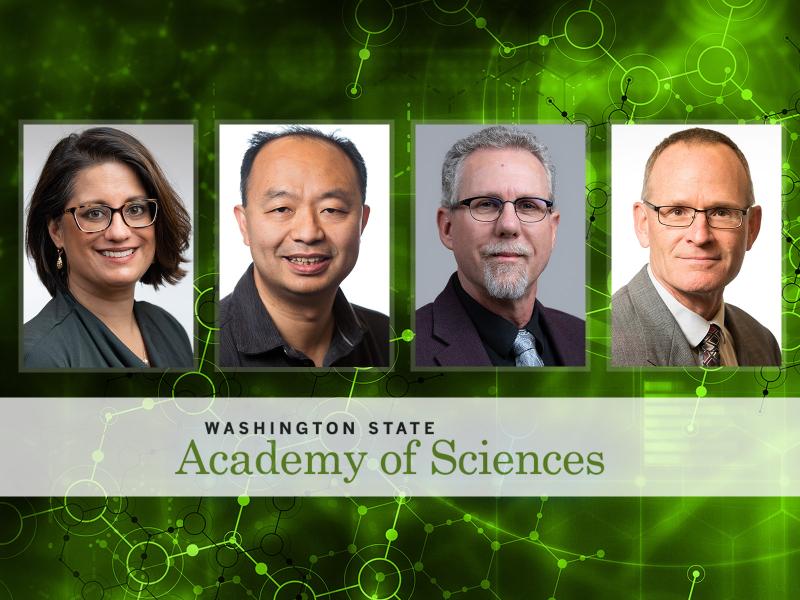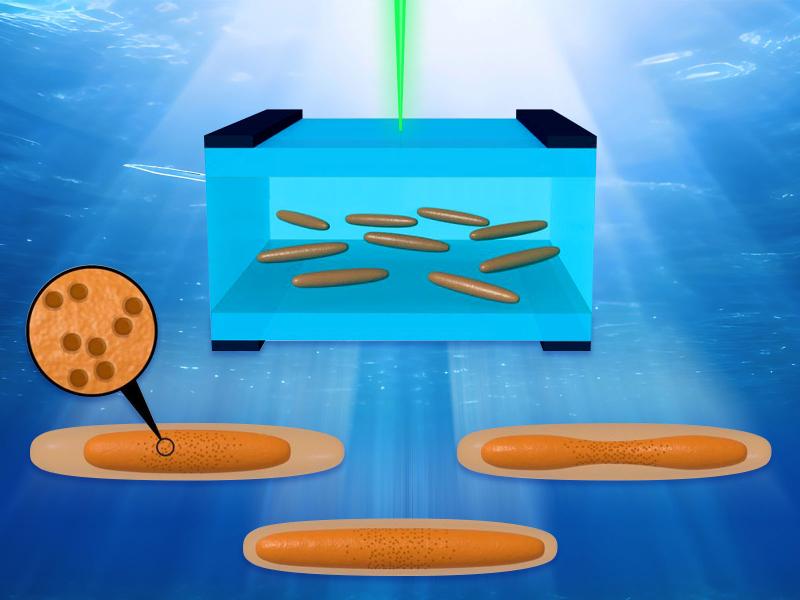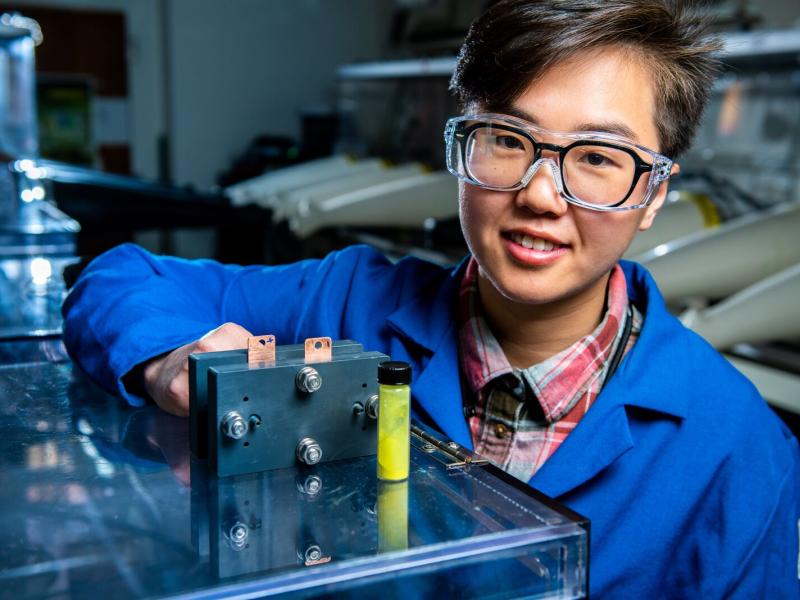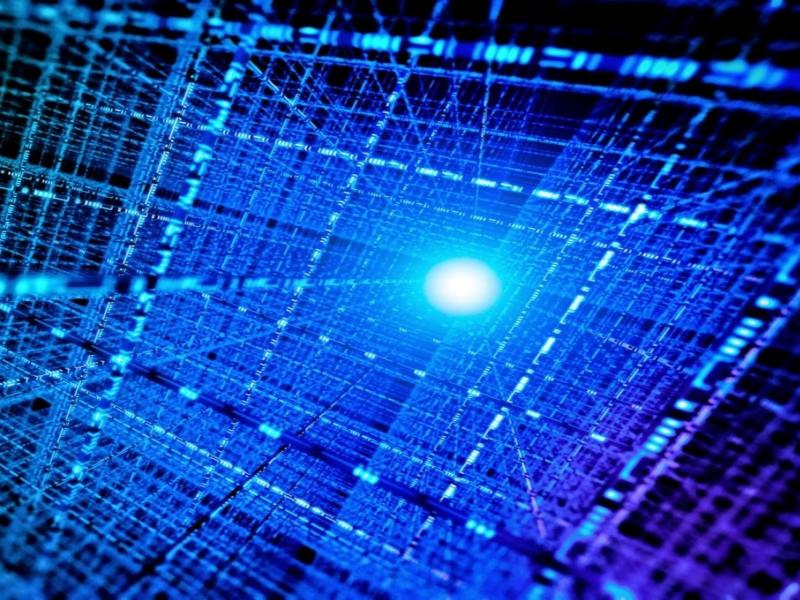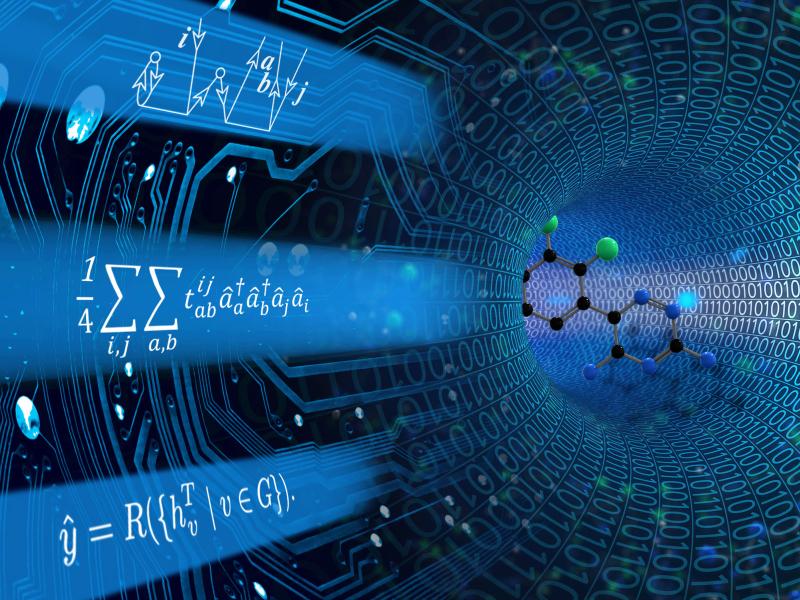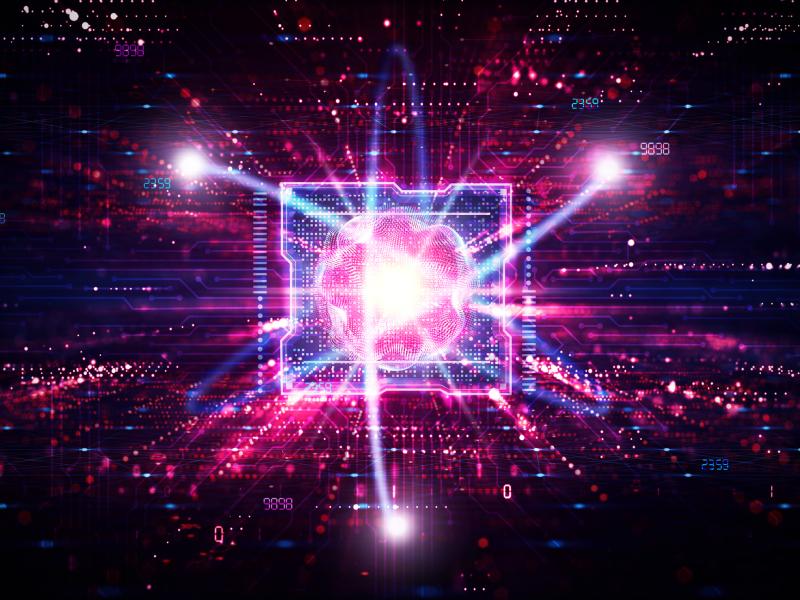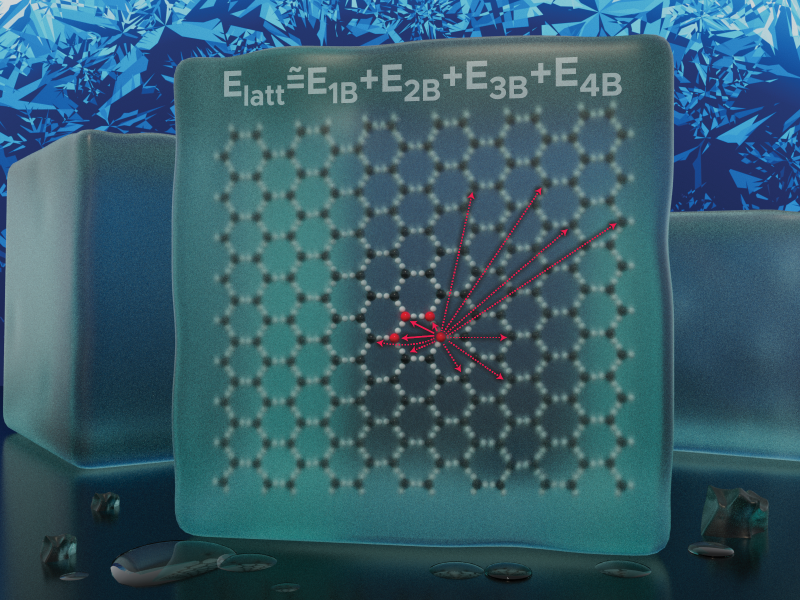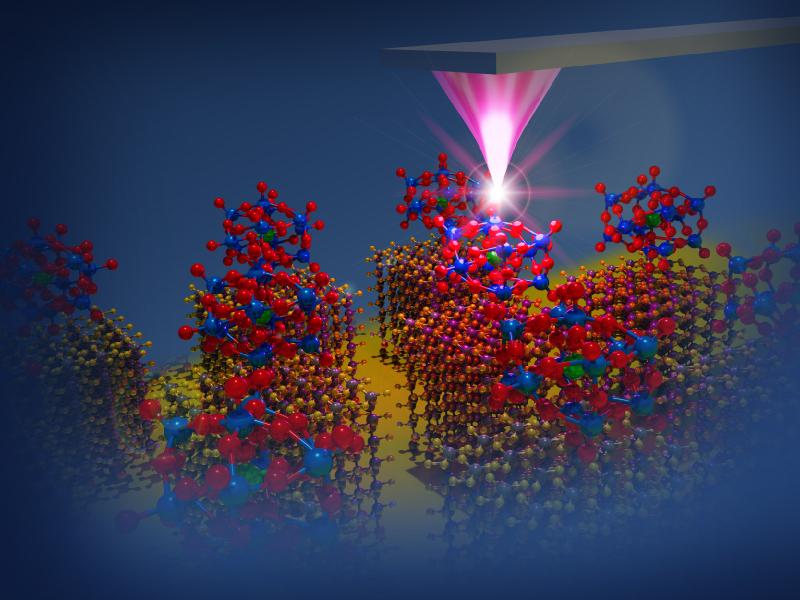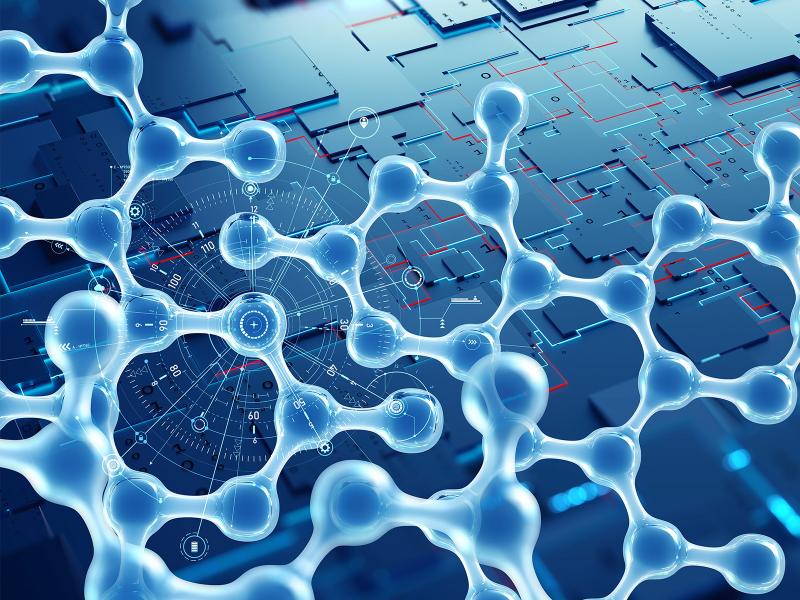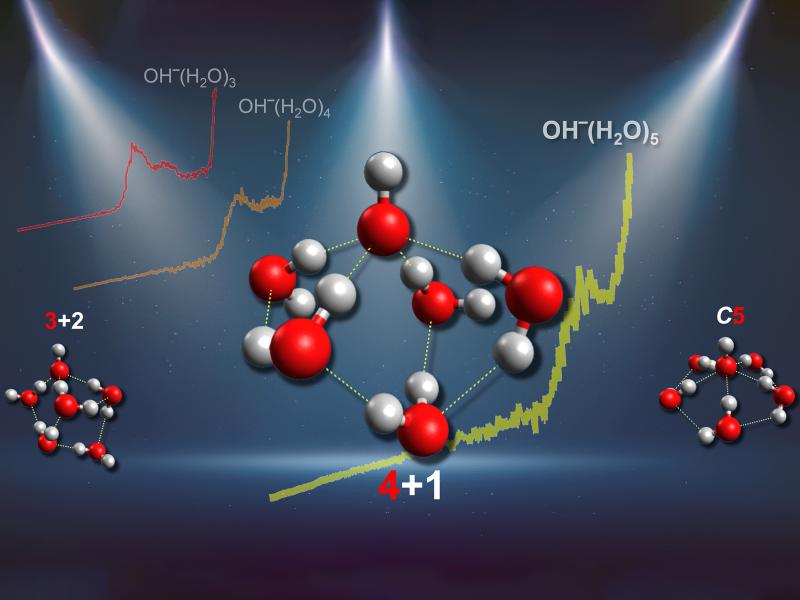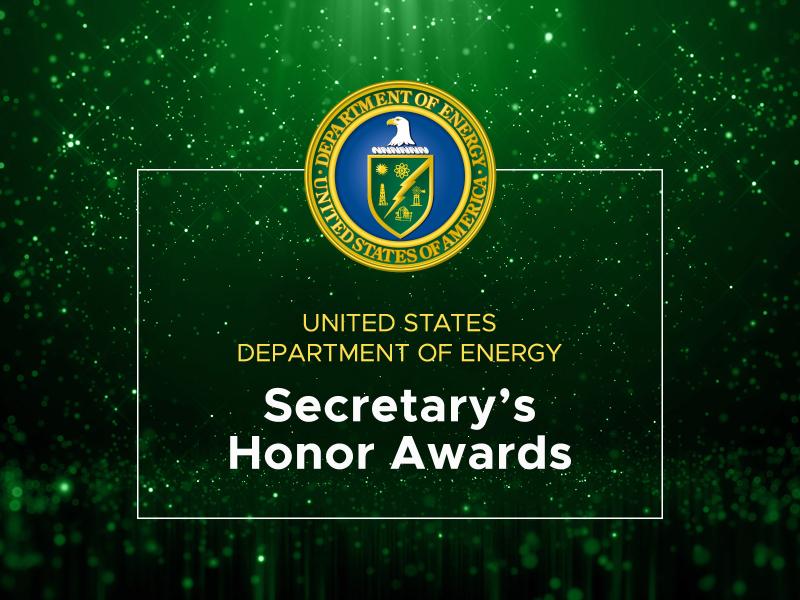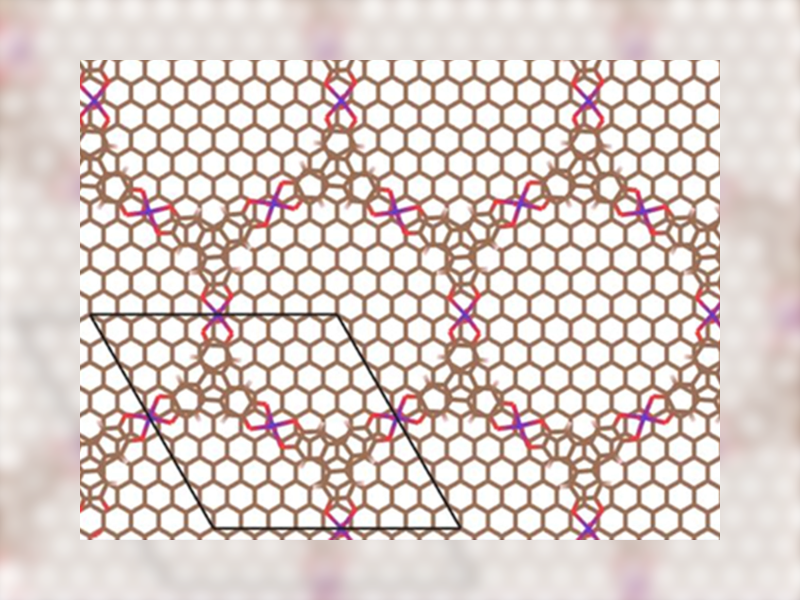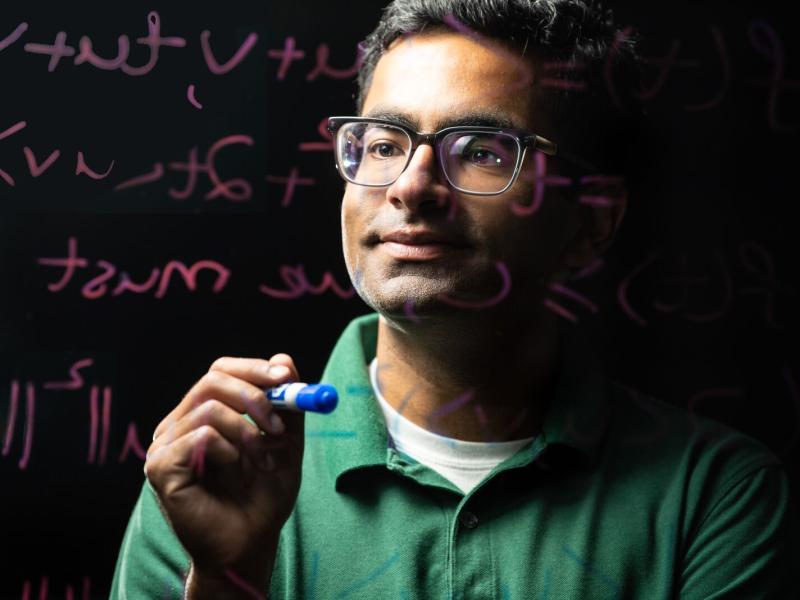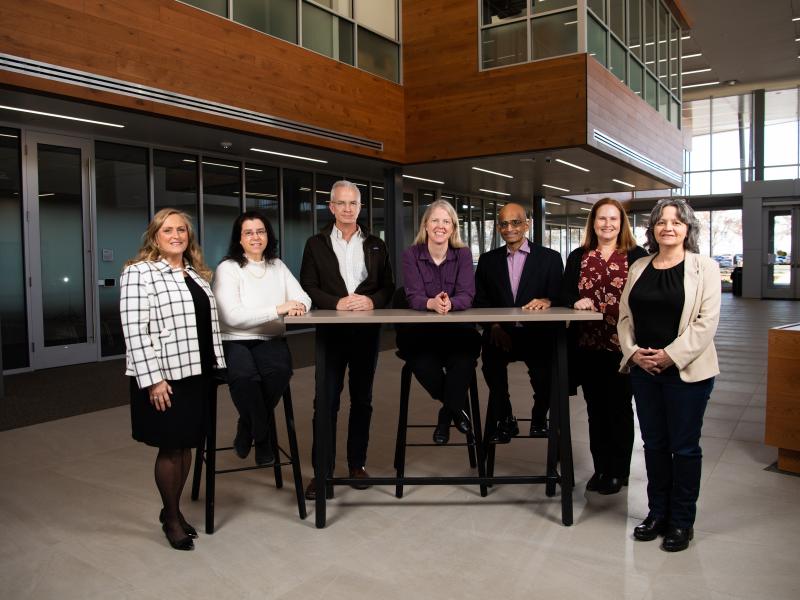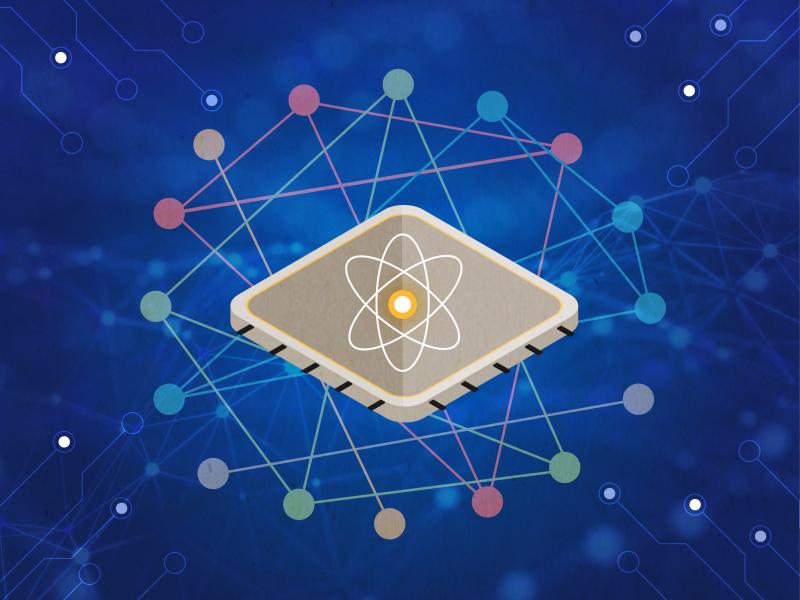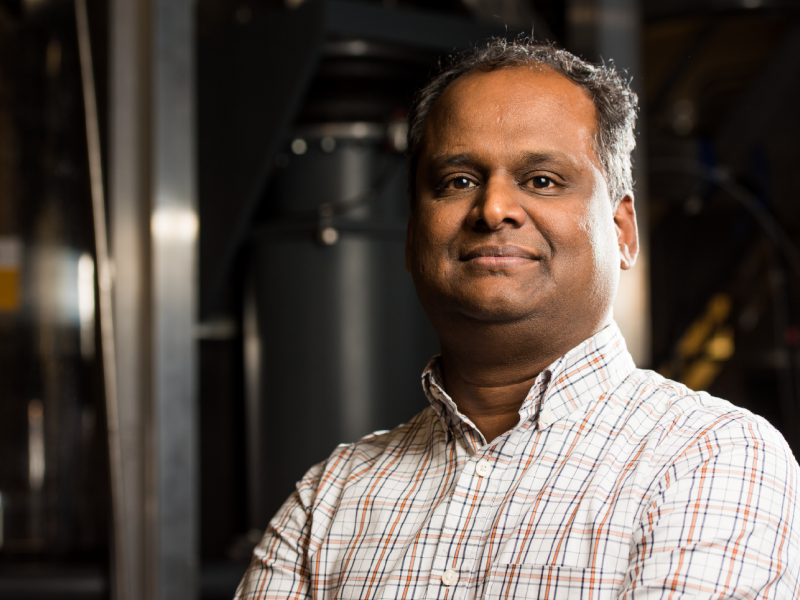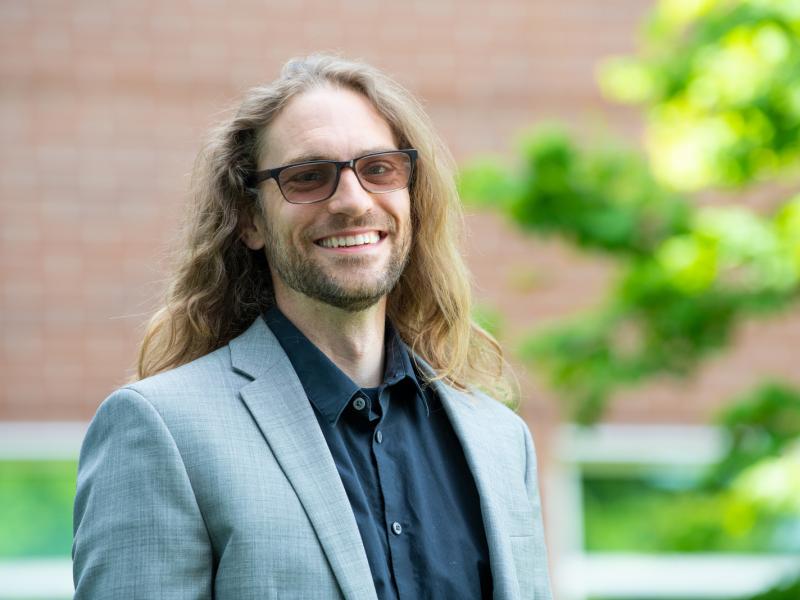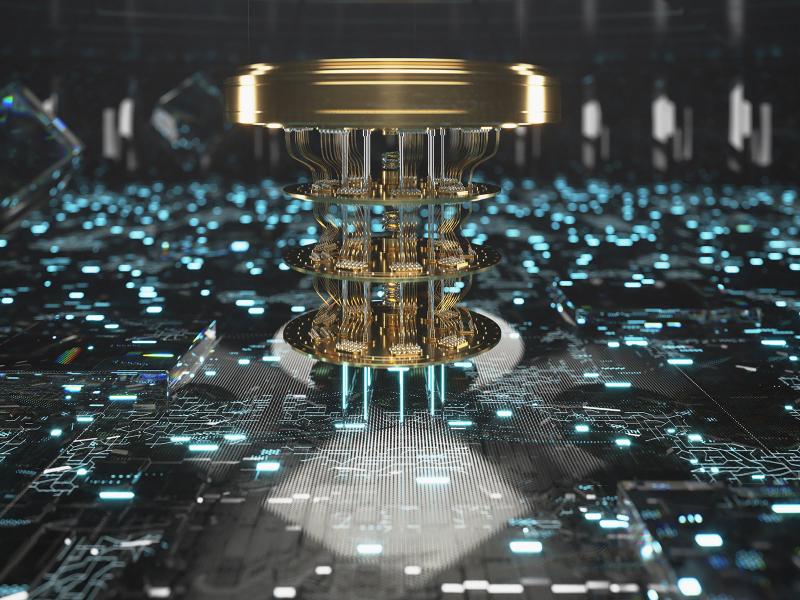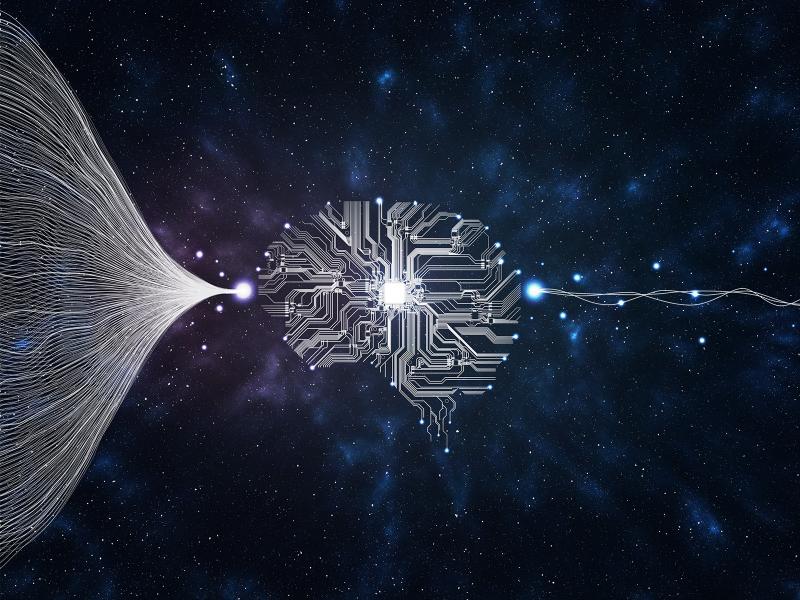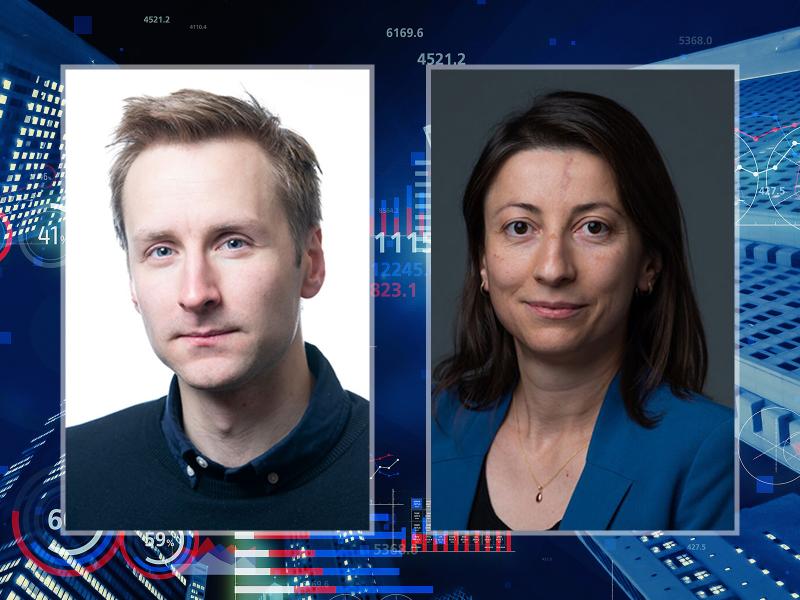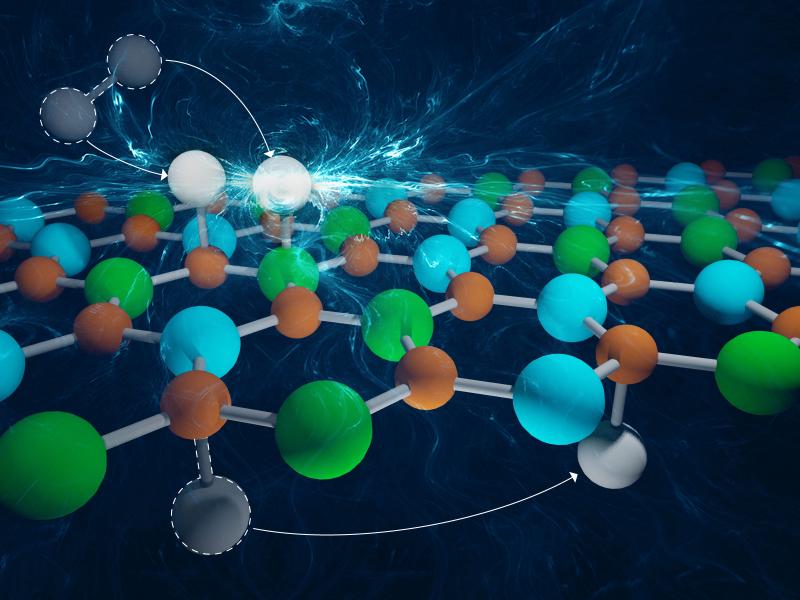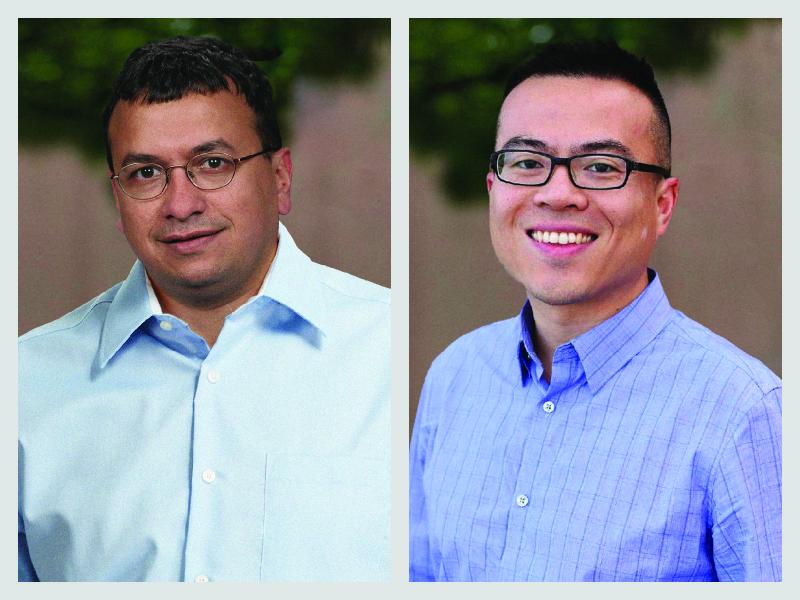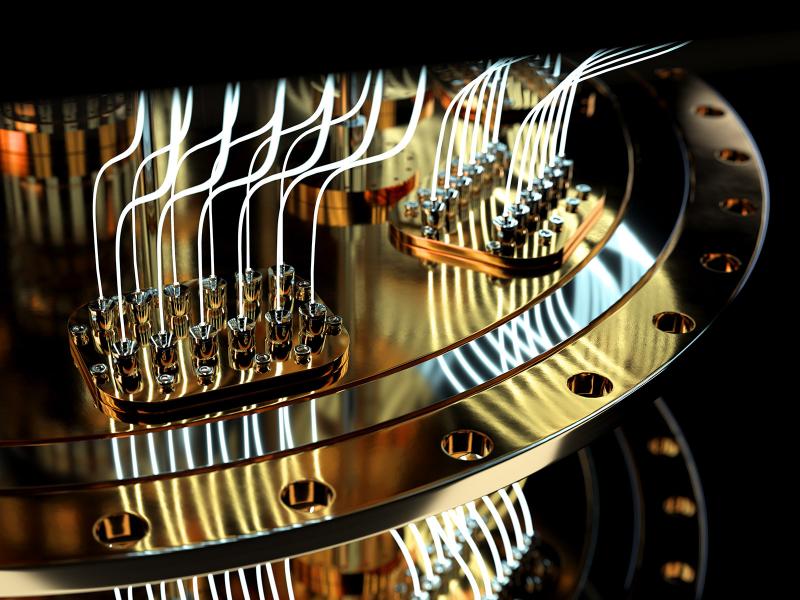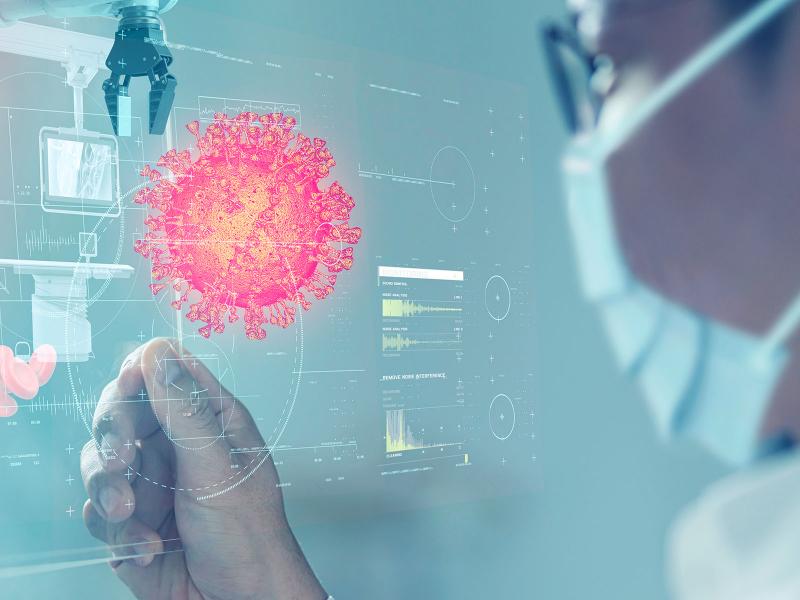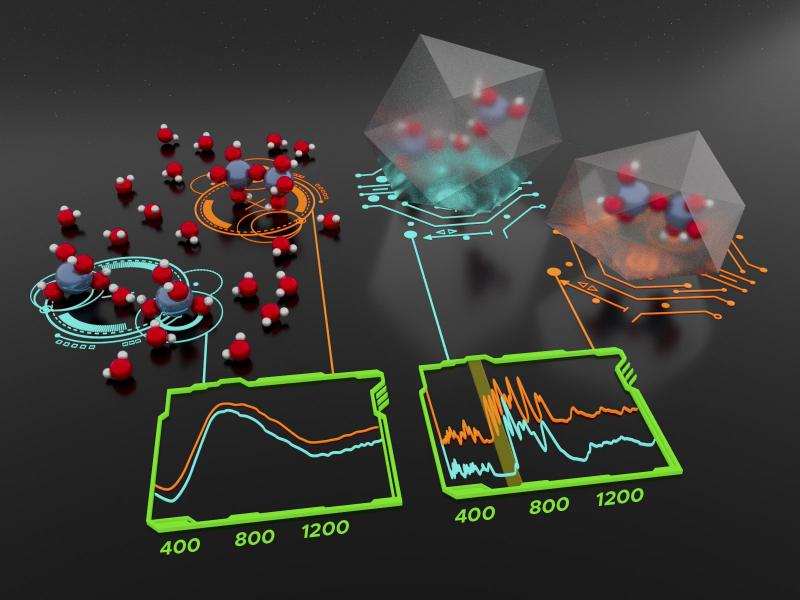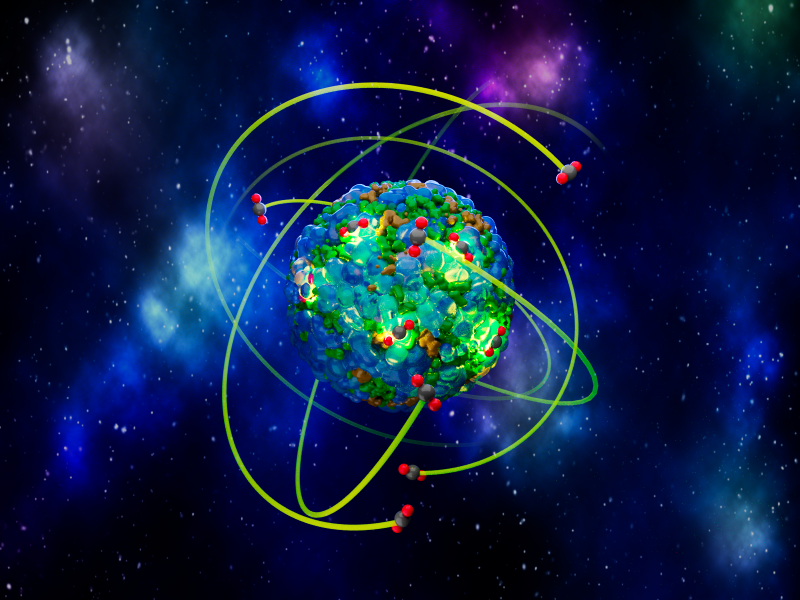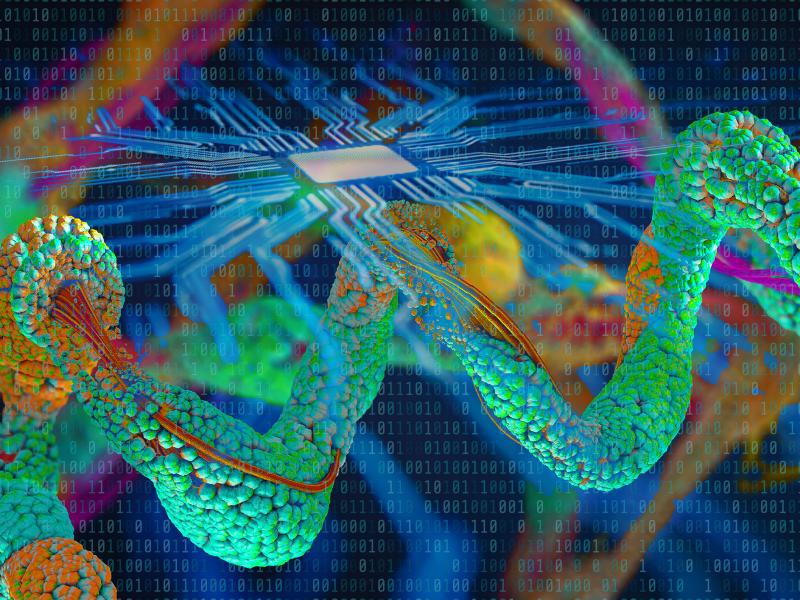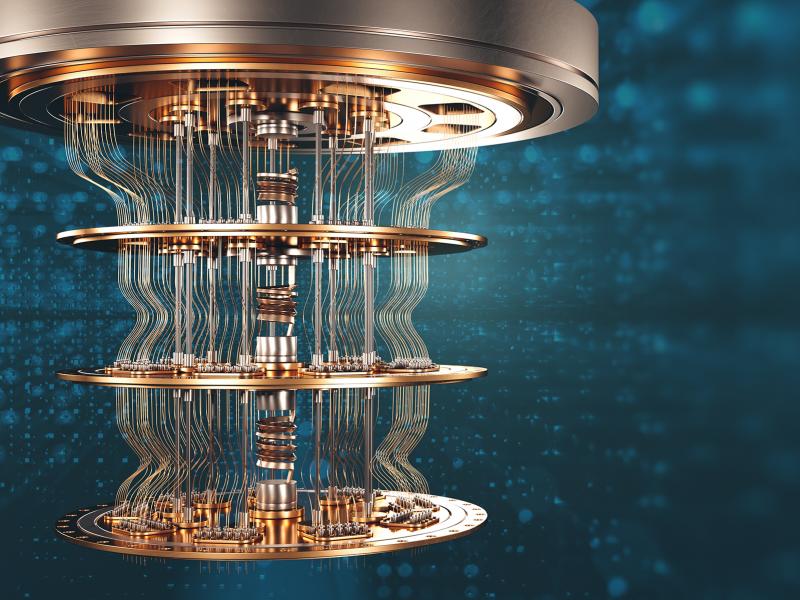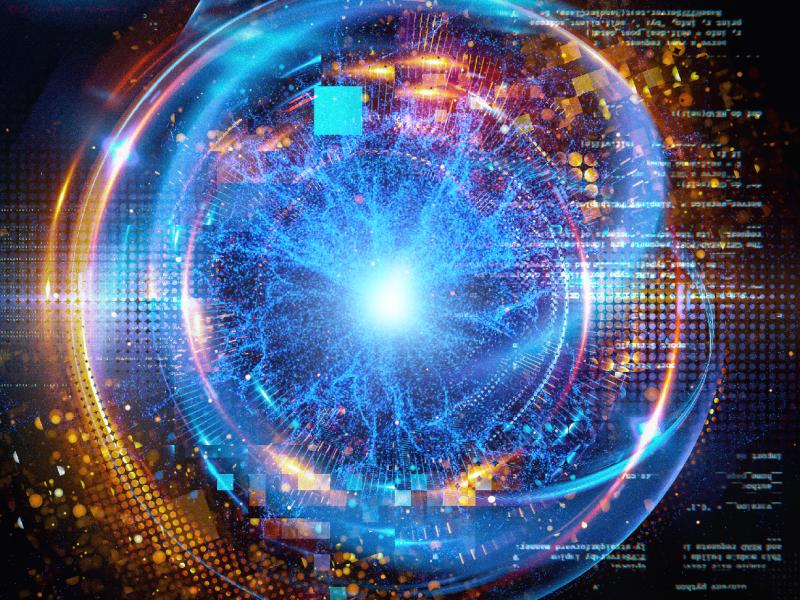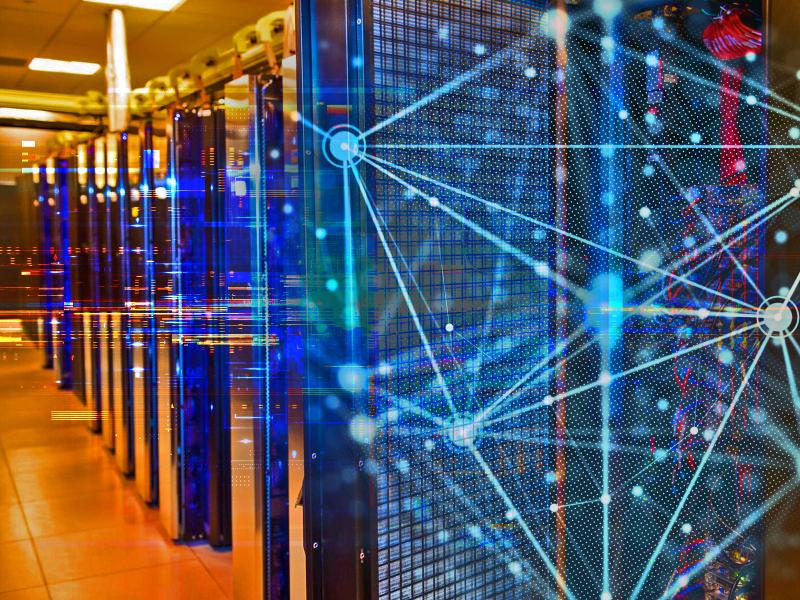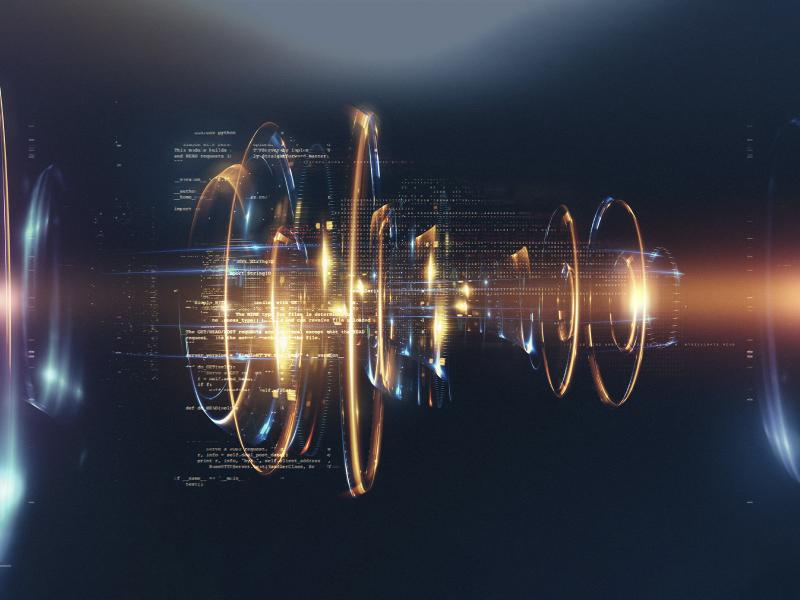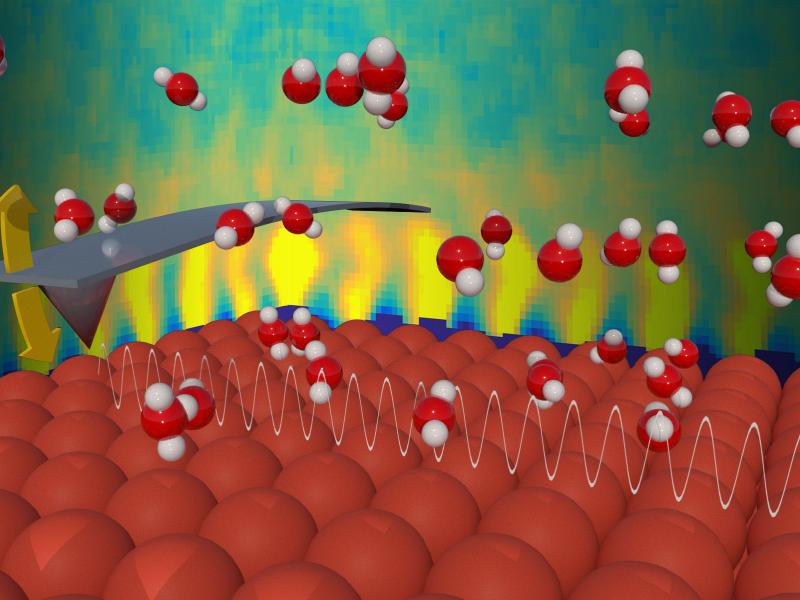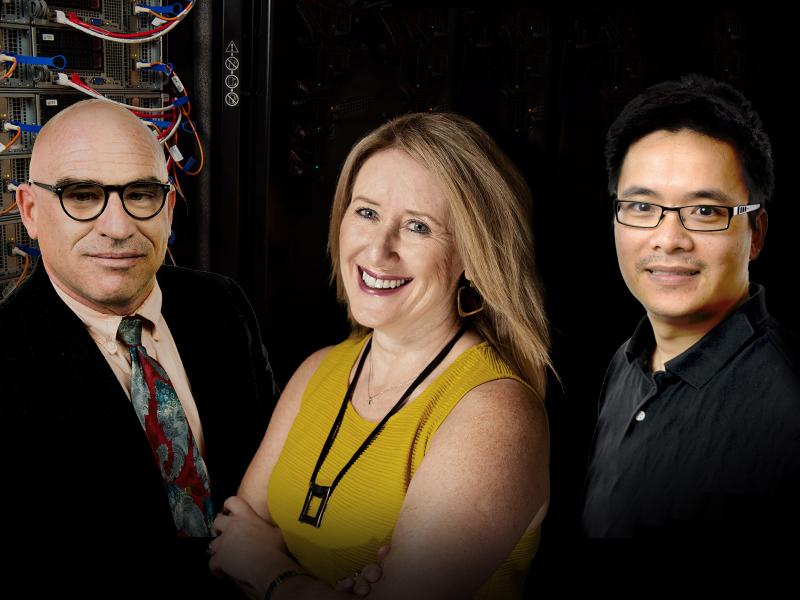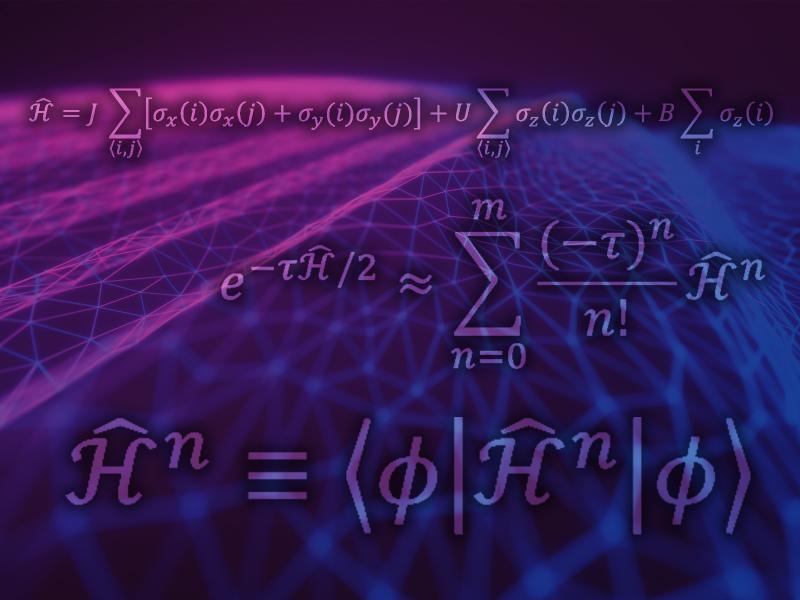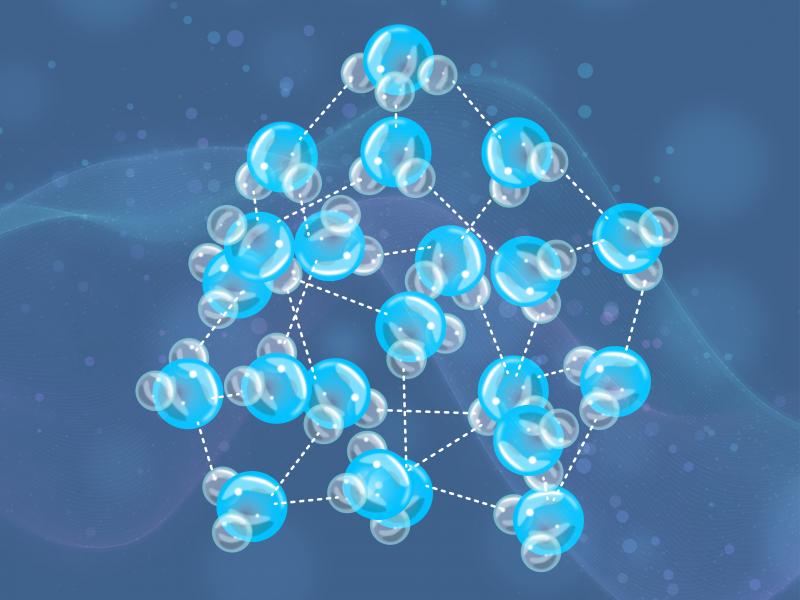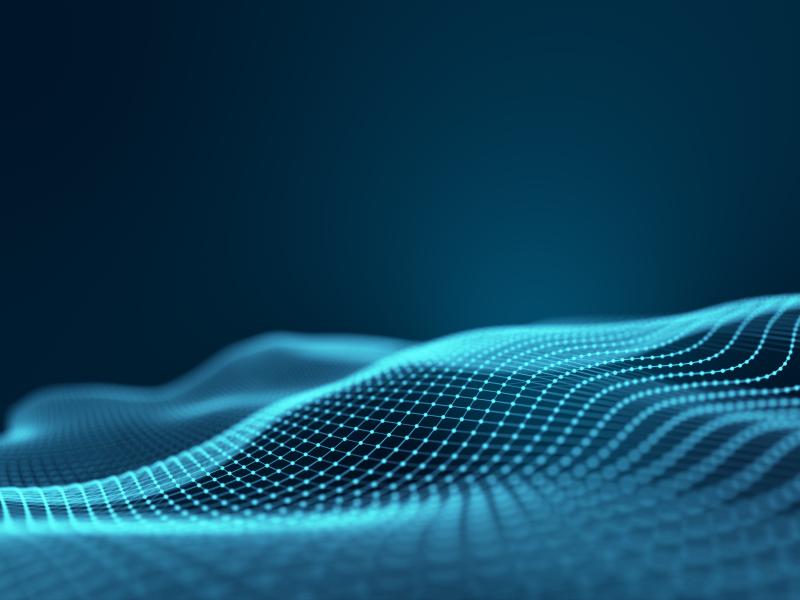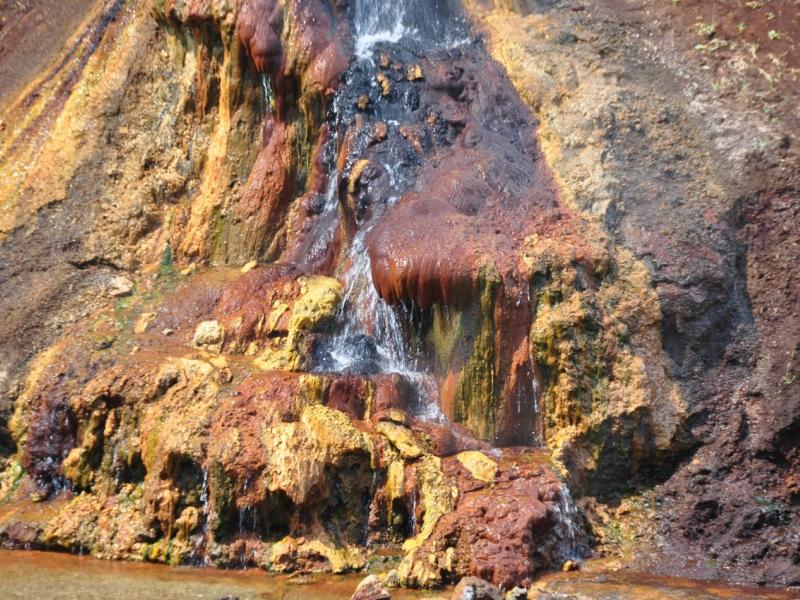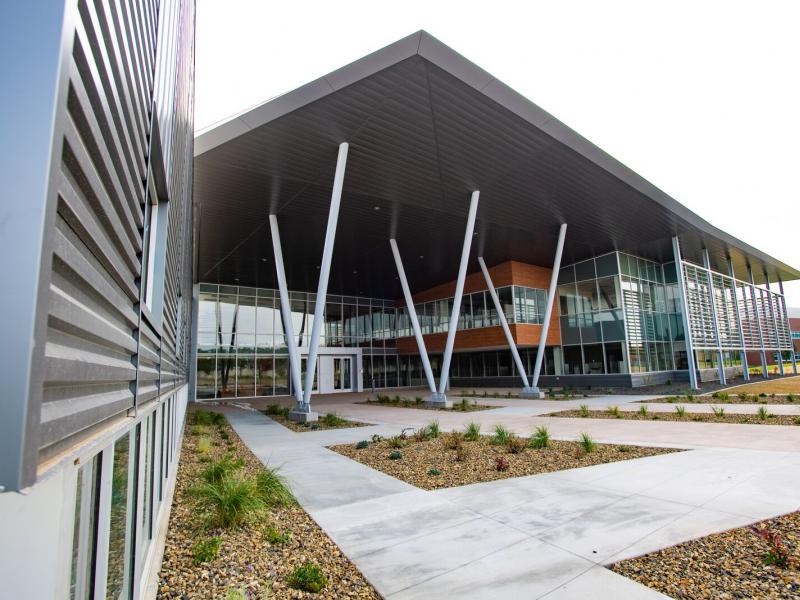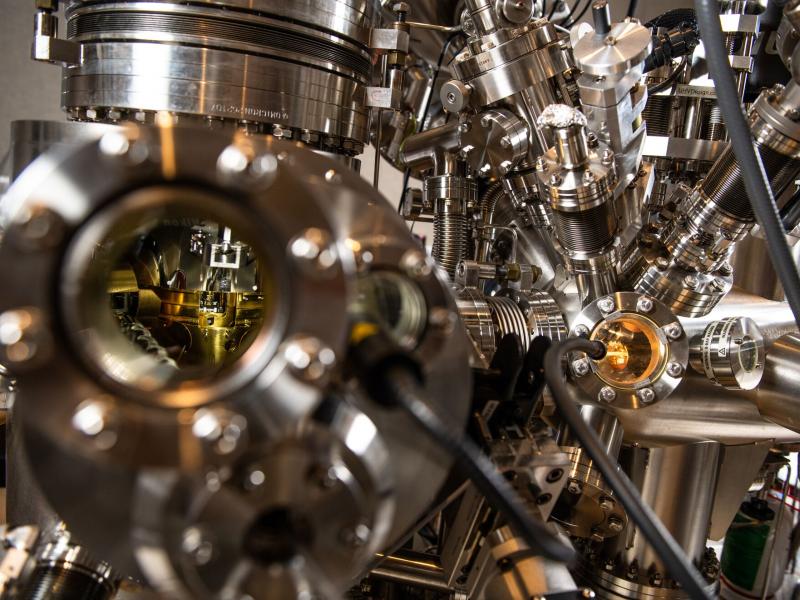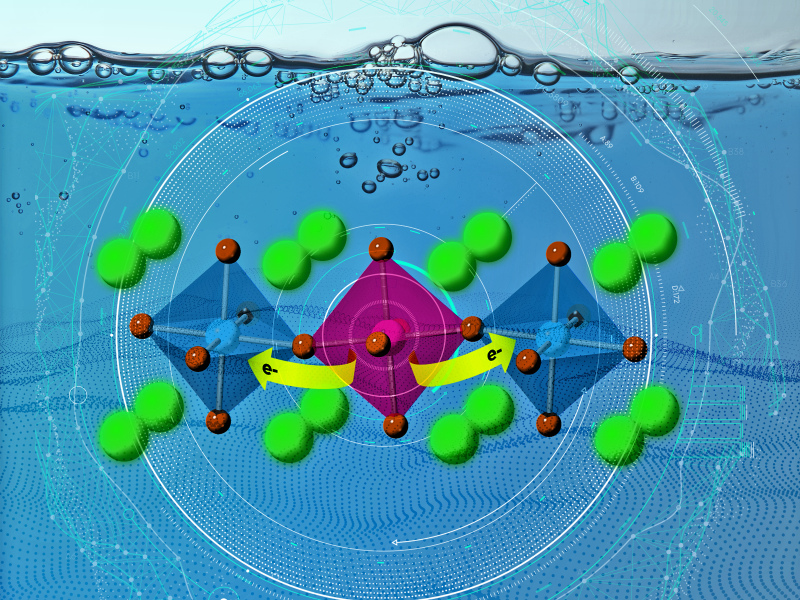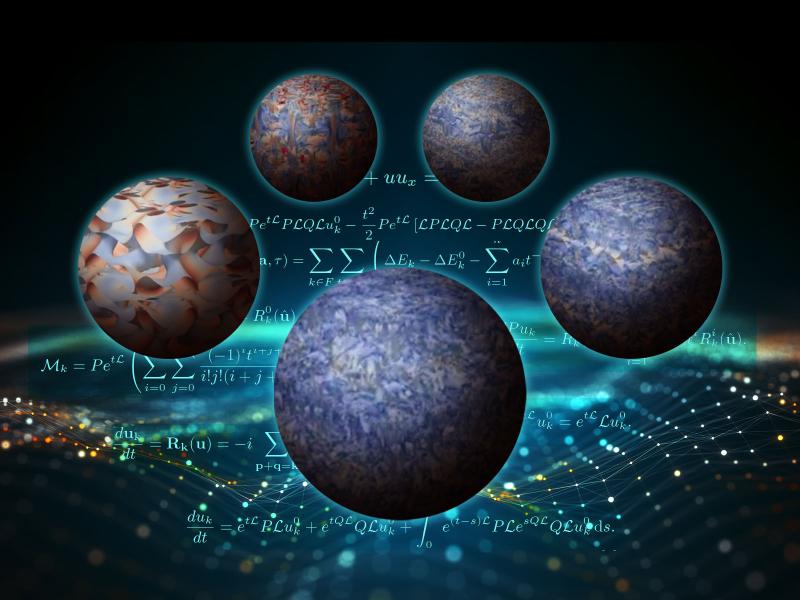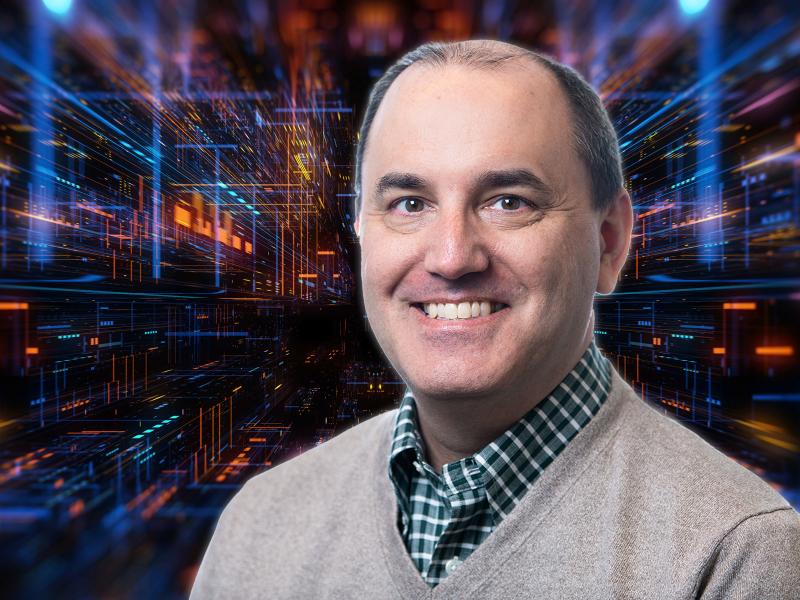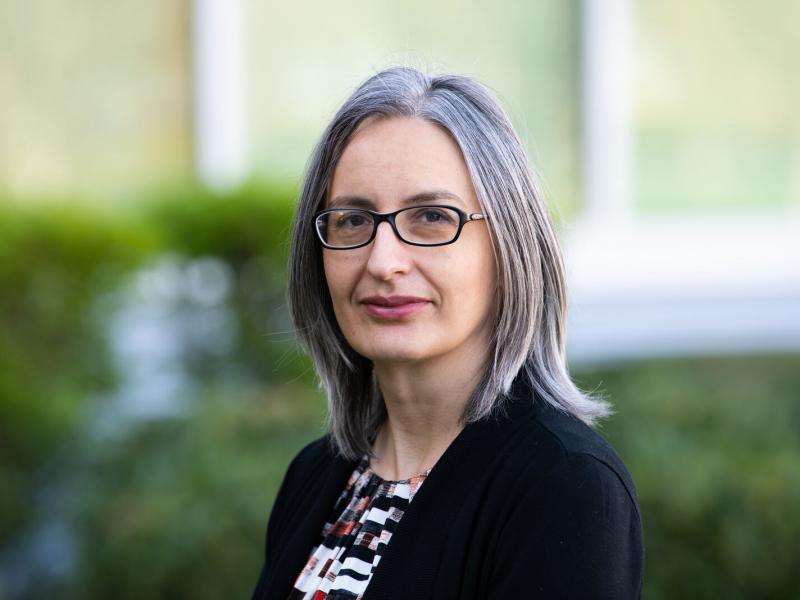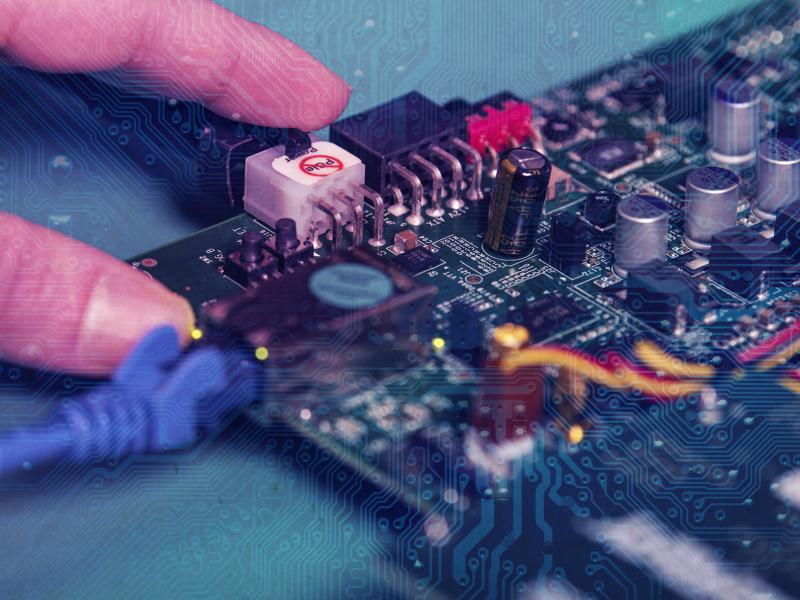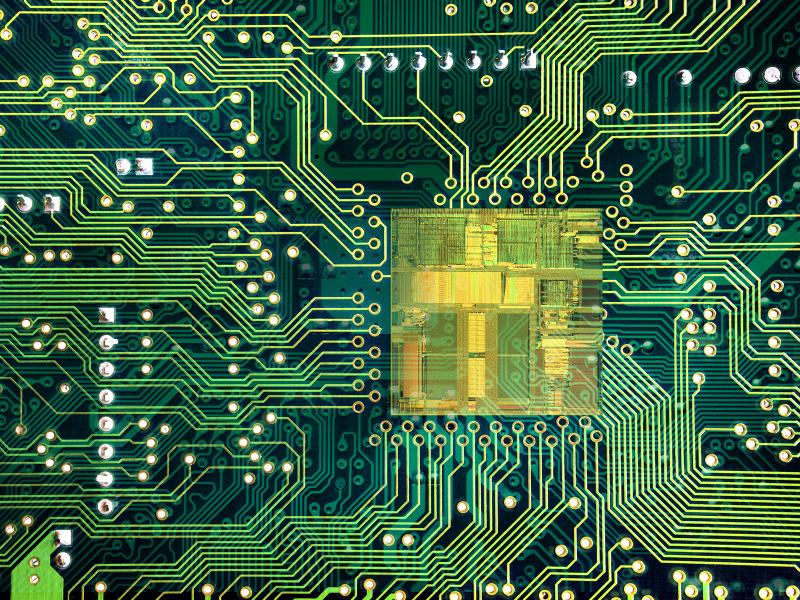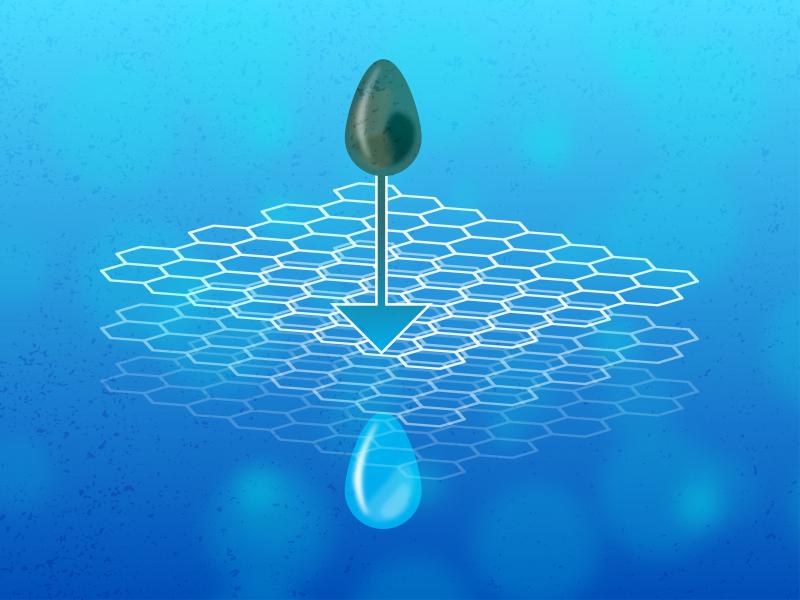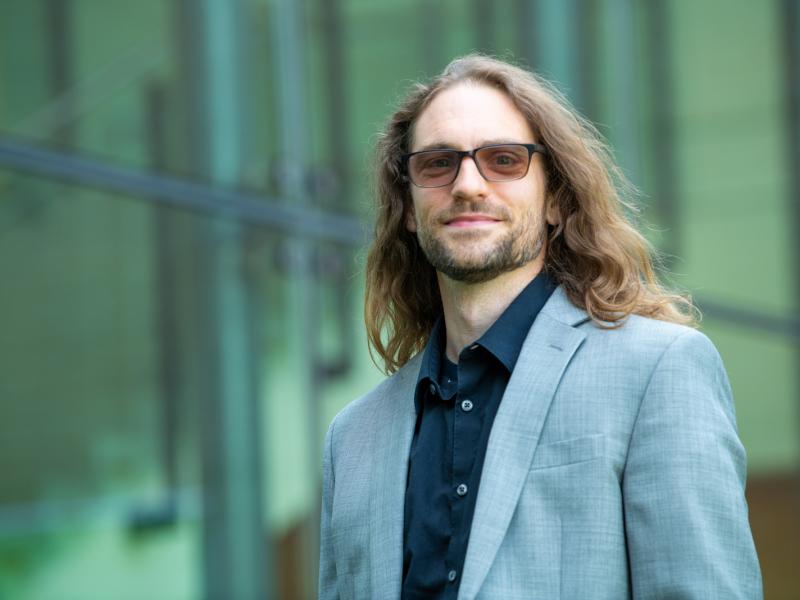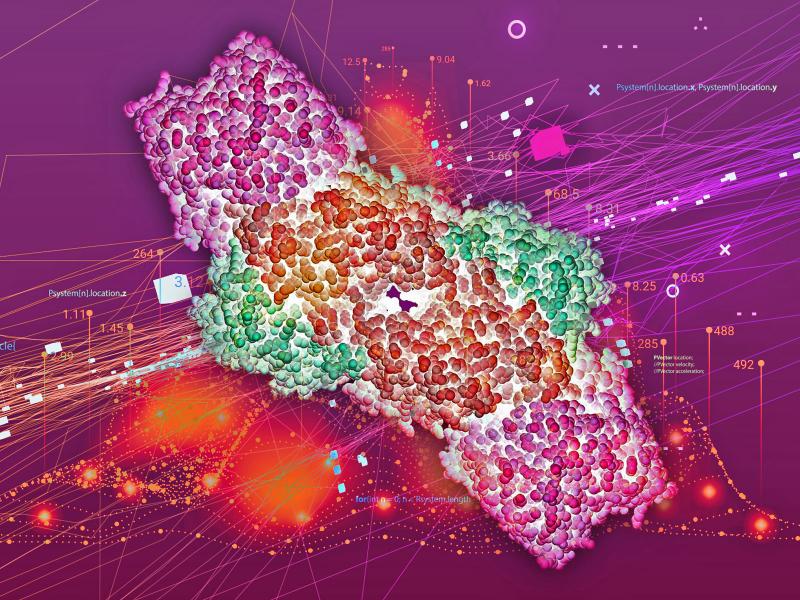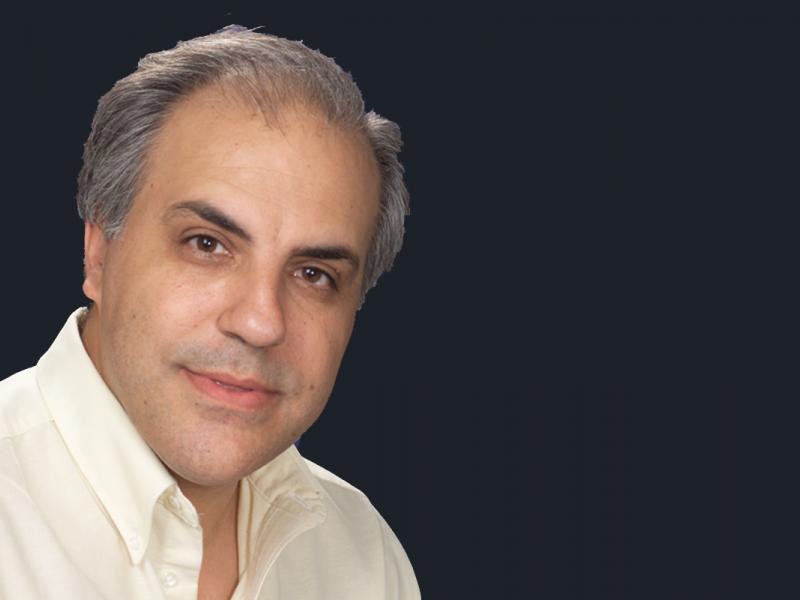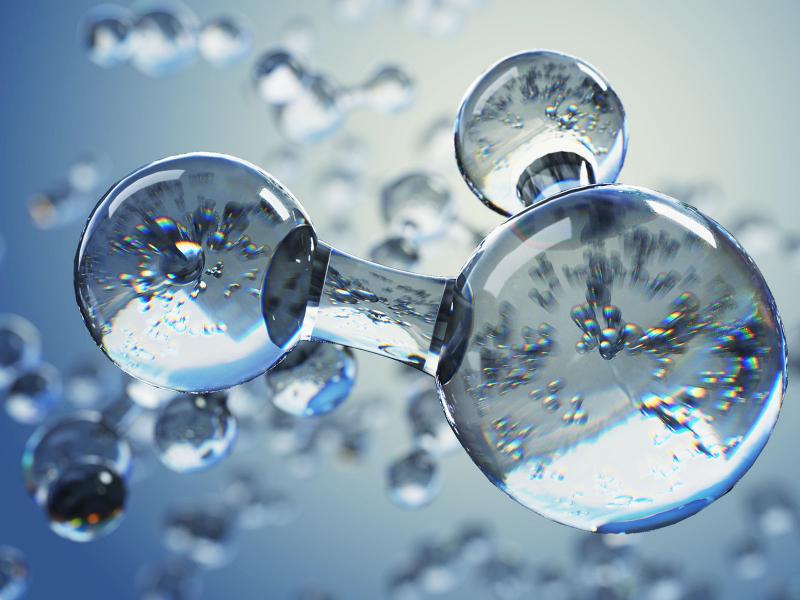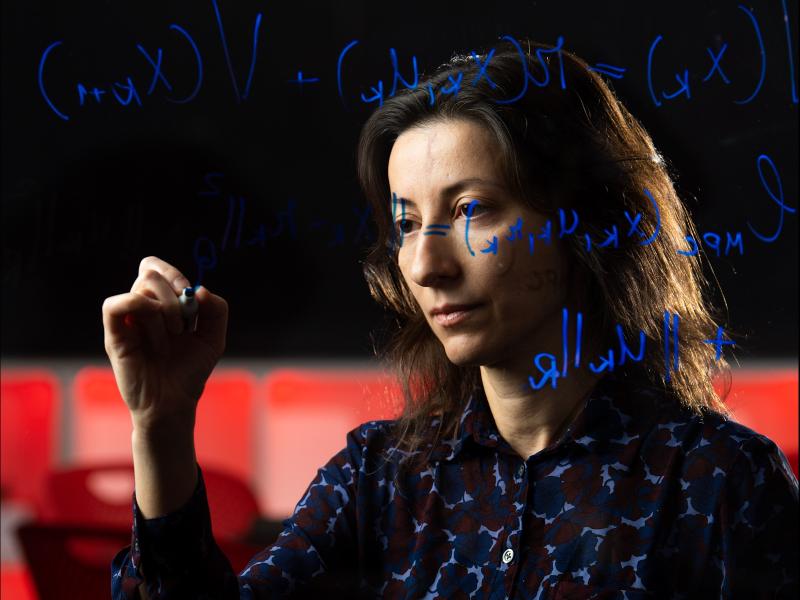
CTCI News
News
AI Driving Autonomous Research at PNNL for Discovery
How Math Reveals the Bleeding Edge of AI
PNNL’s Wendy Shaw Named Associate Lab Director, Physical and Computational Sciences
It’s Time to Get Comfortable with Uncertainty in AI Model Training
Scientists Speed Up the Groundwork Essential for Quantum Computing
Disturbed Sleep Cycle Propels Cyanobacteria Into Surprising Burst of Productivity
Researchers Put Frontier AI Models Through Paces to See What Sticks at AI Jam
Web Search Formulas Offer a First Step for Protecting Critical Infrastructure
Flow Across Scales with a Quantum Computing Boost
The Youth Are Our Future: Mentor Mariefel Olarte Invests in Interns
Democratizing Computational Chemistry with the Cloud
Porting Scalable Computational Chemistry to Cloud Computing
Unraveling Doping Effects on the Structure and Electronic Properties of Perovskite Oxides
Geochemist Kevin Rosso Appointed a Battelle Fellow
New AI Agent Connects Computer Reasoning with Chemistry
Mineral Surfaces Stabilize Organic Matter through Patchy Multilayer Coatings
Cobalt Slows the Low-Water Carbonation of Silicate Mineral Ores
Microelectronics Science Research Centers to Lead Charge on Next-Generation Designs and Prototypes
Unraveling Charge Transfer at Oxide Heterointerfaces
Metal Scrap Upcycled into High-Value Alloys with Solid Phase Manufacturing
Polaritonic Chemistry with the Density Matrix Renormalization Group Method
Crystallization of Calcium Carbonate Via a Dense Liquid Phase
Faster, More Informed Environmental Permitting with AI-Guided Support
Data Scientist Fixes His Sights on Speeding Up Drug Discovery
Paving the Way for Fusion Commercialization
Collaborations Are Key to Shaping the Future of AI
Using Electron Microscopy to Understand Quantum Behavior
Collaboration Speeds Complex Chemical Modeling
Accelerating Materials Discovery with AI
Cloud Computing Captures Chemistry Code
Mark Maupin and Team Publish in ‘Molecules’
Exploring Energy Efficiency through Analog Computing
A Recipe for Quantum Scaling
Drgoňa Featured at the Frontiers of Engineering Symposium
Observing the Mechanism of Protonation Site Switching in Hydrated Nicotine
AI-Guided Experiments Speed Scientific Discovery
Residual Impurities Affect the Stability of Hydrogen Atoms in Irradiated Gibbsite
Kevin Rosso Named American Geophysical Union Fellow
From Simulation to Synthesis
Three PNNL Researchers Receive DOE Early Career Research Awards
Bylaska Selected for Computational Materials Science Award
Long-Duration Energy Storage Can’t Wait
Integrating Domain Science Data with Artificial Intelligence
Novel Computing Tool Learns the Language of Chemistry
Simulations Identify How Critical Elements Distribute in Abundant Mineral Ores
PNNL Research Highlighted in AI Summit
PNNL Scientists Tap Nation’s Fastest Computers to Explore Critical Science Questions
Gaining Insights into How Mineral Surfaces Respond to Electric Fields
Surface Oxygen Functionality Controls the Selective Transport of Metal Ions through Graphene Oxide Membranes
Influence of Peptoid Sequence on the Mechanisms and Kinetics of 2D Assembly
Enabling Nuclear Physics Discoveries with Quantum Computing
Metal Alloys that Can Take the Heat
Developing New Computational Methods for Atomic-to-Mesoscale Chemistry
PNNL Plays Host to Annual AI Workshop
PNNL Showcases AI Innovations at National Competitiveness Expo
How Plants Sense Sugar, Produce Oils
Neural Networks, Kernel Machine Models Spotlighted at International Conference
Roadmap to Close the Carbon Cycle
AI for Energy Report Features PNNL Expertise
Co-Designing the Future of Computational Chemistry
Empowering Scientists with SODA
Finding New Chemistry to Capture Double the Carbon
Predicting the Thermodynamics and Kinetics of Catalytic Hydrogenation
Computational Chemistry Needs To Be Sustainable, Too
Spurgeon Named Lead Artificial Intelligence and Machine Learning Editor
Uncovering How Interfacial Water Structure Can Stabilize Nanoparticle Dispersion
New AI Model Is a Leap for Autonomous Materials Science
Quantum Flow Algorithms for Simulating Many-Body Systems on Quantum Computers
Rishko and Johnson Honored for Undergraduate Research and Mentorship
Center Leverages PNNL Science and Technology for Chemical Security
NeuroMANCER Shoots for the Stars
Ang Shares Vision of a CHIPS-Enabled Future for Advanced Computing
Developing Data Science Approaches for Nanoparticle Synthesis
Enhancing Photocatalytic Efficiency Using Charge Carrier Separation in a Layered Heterostructure
PNNL Kicks Off Multi-Year Energy Storage, Scientific Discovery Collaboration with Microsoft
PNNL Creates Center for Artificial Intelligence
Joining Forces for Trustworthy Artificial Intelligence
Predicting Nanoparticle Assembly Across Scales
Optimizing Computer Communications
Accelerating Science by Breaking Down Bottlenecks
Identifying Propanol Organization and Changes Inside Zeolite Pores
Heavy Metal Separation through Ion Electrosorption at an Assembled Ionic Liquid-Water Interphase
Tumeo Takes Computational Chemistry to the Extremes
Hydrogen Energy for Guam Using Seawater Electrolysis
Predicting Catalyst Degradation with Machine Learning
PNNL Collaborates with Microsoft, Micron to Bring Computational Chemistry to the Masses
Understanding Diopside Reactivity for Carbon Storage
The Birth of Hydrated Electrons from Aqueous Iodide
Stinis to Lead Two New Scientific Machine Learning Projects
Revealing the Transient Intermediate Responsible for Impurity Incorporation
Wendy Shaw Elected Fellow of the Royal Society of Chemistry
Guiding Vaccine Development with Machine Learning
Xu Joins the Editorial Board of Scientific Reports
Making Identical Nanoparticles Stick
Six U.S. Graduate Students Join PNNL for DOE’s Prestigious Program
A New Efficient Reactive Force Field for Studying Aluminum Chemistry
Four PNNL Researchers Elected to the Washington State Academy of Sciences
Understanding Dissolution Anisotropy in Metal Oxides
Next-generation Flow Battery Design Sets Records
Two PNNL Papers Highlighted at ISCA 2023
PNNL’s Computational Chemistry Software Joins a New Quantum Platform
When Materials Discovery Glitters
A Formulation of the Many-Body Expansion (MBE) for Infinite Periodic Systems
The Nature of the Chemical Bond
Xantheas Honored with Gauss Professorship
The Primary Gas Phase Hydration Shell of Hydroxide
PNNL Staff Members Receive DOE Secretary Honor Awards
Electron Localization in Substrates Directs the Growth Path of a Two-Dimensional Metal-Organic Framework
Tackling Hard Governing Equations with Machine Learning
Ján Drgoňa Receives Best Paper Award
Shaw Joins Chemical Society Reviews Advisory Board
AAAS Adds Seven Fellows from PNNL
A New Approach to Simulating Strongly Correlated Systems with Quantum Computing
Devaraj on npj Materials Degradation Editorial Board
Murugesan Takes New Editorial Roles
Modeling and Mimicking Nature
Bigger, Better Simulations for Quantum Computing
SEA-CROGS Selected for DOE Support
New Superconducting Qubit Testbed Benefits Quantum Information Science Development
Advancing Model Predictive Control for Buildings
Ang Appointed to the Industrial Advisory Committee
Storing Hydrogen on Materials
Understanding the Ways of Water
Quieting Noise by Compressing Quantum Circuits
Mitigating Systemic Noise with Quantum Ensembles
Artificial Intelligence Edges Closer to the Clinic
Sotiris Xantheas Awarded ICASEC Fellowship
Crystal Structures Reveal Hydrogen-Bonding Patterns in Concentrated Aluminate Solutions
Guiding the Development of Carbon Dioxide Capture Solvents Through Advanced Theory and Simulations
Decoding Protein Interactions with Domain-Aware Machine Learning
Simulating a Quantum Future
Scalable Simulation of Quantum Circuits
Ang to Support DOE Panel on Industry Collaboration
Increasing the Accuracy of Quantum Algorithms
The Shape of Water
Glezakou, Rousseau, Nguyen Author American Chemical Society Chapter on Heavy Metal Computations
Reviewing A Hybrid Computing Approach for Quantum Chemistry
A 15+-Year-Old Problem Finally Resolved
Perceiving Quantum Pathways
Simulations Reveal the Nanocomposite Structure of Ferrihydrite Particles
Energy Secretary, Washington Governor Dedicate Energy Sciences Center at PNNL
Catalyzing a Sustainable Future
Controlling Thin Films with Atomic “Spray Painting”
Better Simulations for Multiscale Models
The Center for Advanced Technology Evaluation renewed by DOE
Preparing for a Future Pandemic with Artificial Intelligence
Sotiris Xantheas has SPEC Project Renewed
Bottling Clean Energy in Chemical Bonds
Worldly Experience Is a Catalyst for Change
Accelerating the Speed of Science
Surpassing Moore’s Law
Clean Water for All
Energy for the Long Run
Energy on Demand: Learning from Nature’s Catalysts
Connected Moments for Quantum Computing
Water Research Earns INCITE Supercomputer Access
Opening the Black Box of Neural Networks
Past Events
MARCH 2024 - American Chemical Society (ACS) Spring 2024 Meeting. Presented "Integrating generative AI with computational chemistry for catalyst design in biofuel/bioproduct applications" and "Extreme-Scale Heterogeneous Inference with Large Language Models and Atomistic Graph Neural Networks for Catalyst Discovery."
DECEMBER 2023 - EMNLP 2023 Findings Conference. Presented "Monte Carlo Thought Search: Large Language Model Querying for Complex Scientific Reasoning in Catalyst Design."
NOVEMBER 2023 - PNNL @ NeurIPS 2023
OCTOBER 2023 - Stanford Graph Learning Workshop. Presented "ChemReasoner: Large Language Model-driven Search over Chemical Spaces with Quantum Chemistry-guided Feedback."
SEPTEMBER 2023 - AI Hardware & Edge AI Summit. Sutanay Choudhury, CTCI Deputy Director, presented "ChemReasoner: A Generative AI approach for Discovering Novel Catalysts."
MARCH 2023 - Workshop on AI for Physcial Sciences, hosted by the CTCI. Download the agenda (PDF) to learn more.
NOVEMBER 2022 - PNNL @ NeurIPS 2022
Other News
MARCH 3, 2022 - PNNL and Graphcore Partner to Advance AI for Scientific Research
